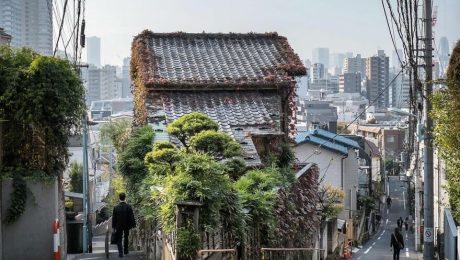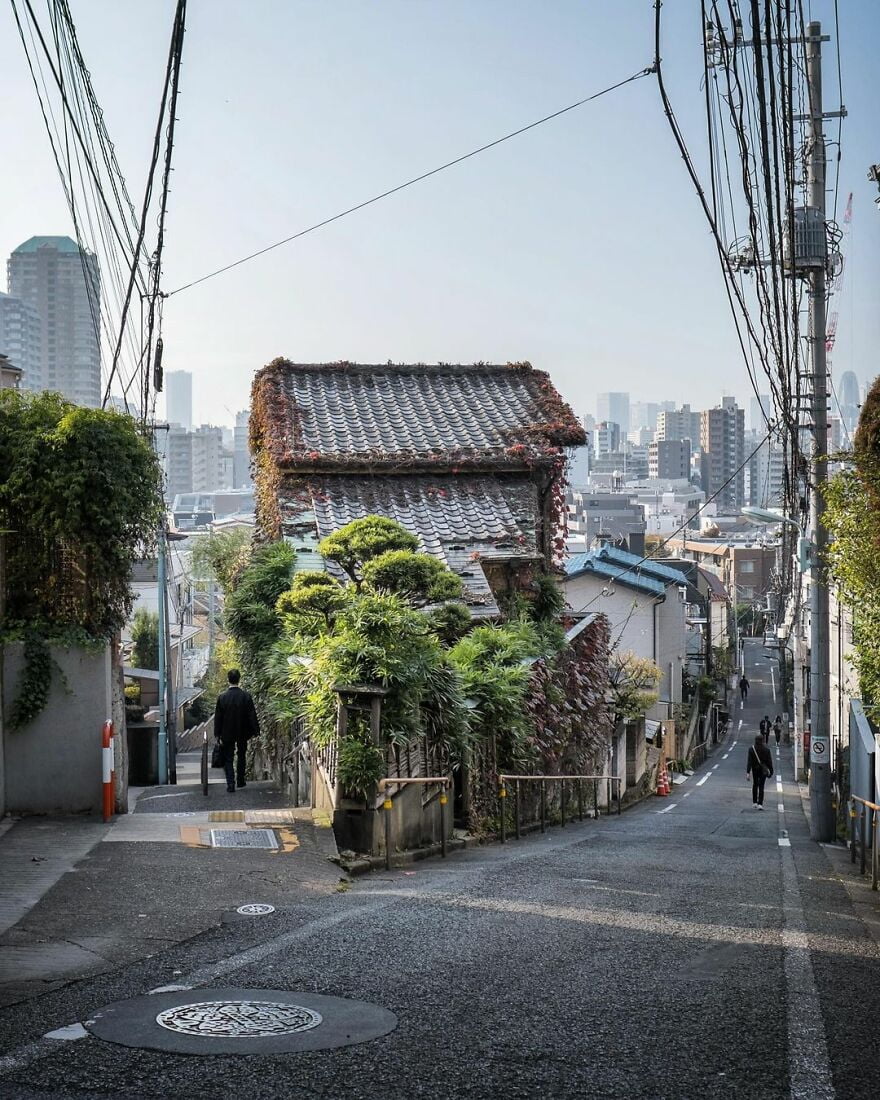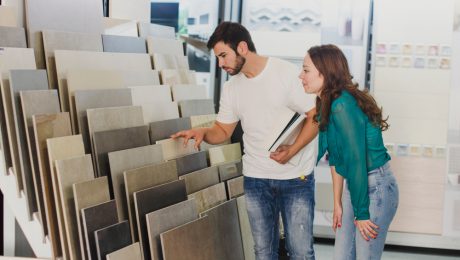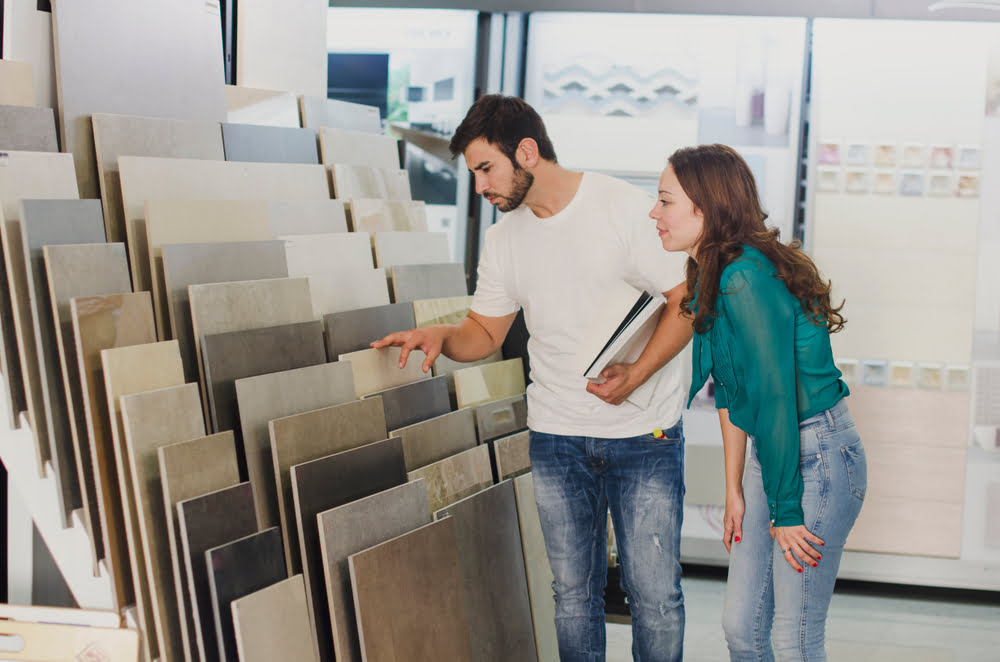“Hinashizaka Slope on the left, and Fujimizaka Slope on the right. Apparently you could see Mt Fuji from here on the early 1900s. Likely blocked nowadays.”
Old Architecture Looks Like In Japan (30 Pics)
History, although not always correct, is very important to our society. Without it, there would be no traditions to follow today, culture to appreciate, or memories of our ancestors that we can learn so much from.
Instagram account Japan Property Central shares a really important part of history—architecture. Their photographers travel around Japan, capturing the oldest buildings and how they look. How they’re being used today. Many of them have been repurposed to be something else, like hotels, shops, or even homes.
The buildings are really beautiful and unique. The way they harmonize with the modern world around them is an amazing sight to see. These buildings are like monuments of history, a portal which transports you to old times.
More info: Instagram | japanpropertycentral.com
We got an interview with Zoe. She told us the main goal behind these photos: “To share the interesting buildings and homes in Tokyo and other parts of Japan, and the history and stories behind them. The older homes may be at risk of being demolished and redeveloped, so I want to try and document them while they are still standing. Sometimes I am too late.”
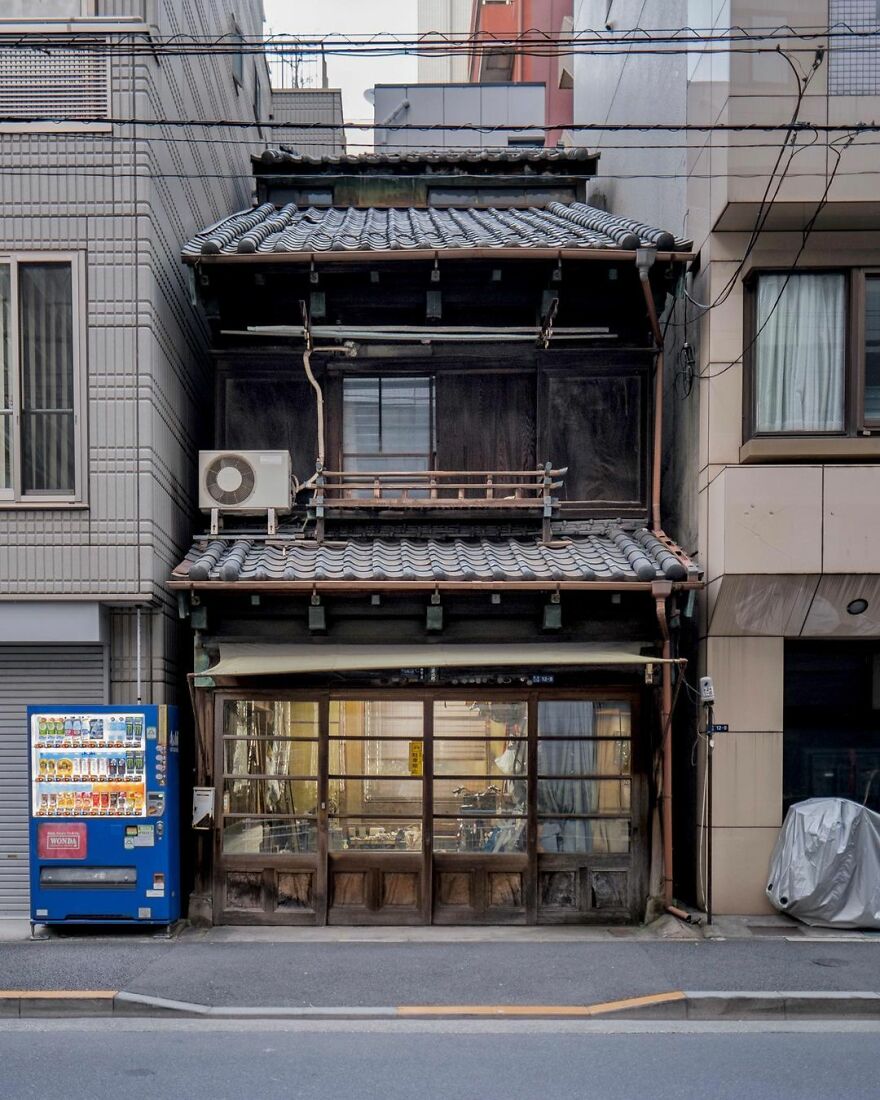
“A tatami shop in Tsukiji, Tokyo. Built sometime in the 1920s or 1930s, and still seems to be operating today. The building is a great surviving example of the pre-war shophouses found in Tsukiji and around Tokyo’s other historic merchant districts. If you look at the roof line you can see a line of windows showing a 3rd floor or attic that may have been added at a later date.”
japanpropertycentral Report
Here’s how Zoe got into photographing these buildings: “Out of necessity. I run a real estate brokerage and the property photos we receive from listing agents do not always show the property in the best possible light. Many times there are no photos at all. Many of our buyers are foreigners and expect high-quality photos before they will decide to inspect a home or apartment, especially if they are flying in from overseas. Often I will have to go and take the photos myself. I am still very much a beginner at photography.”
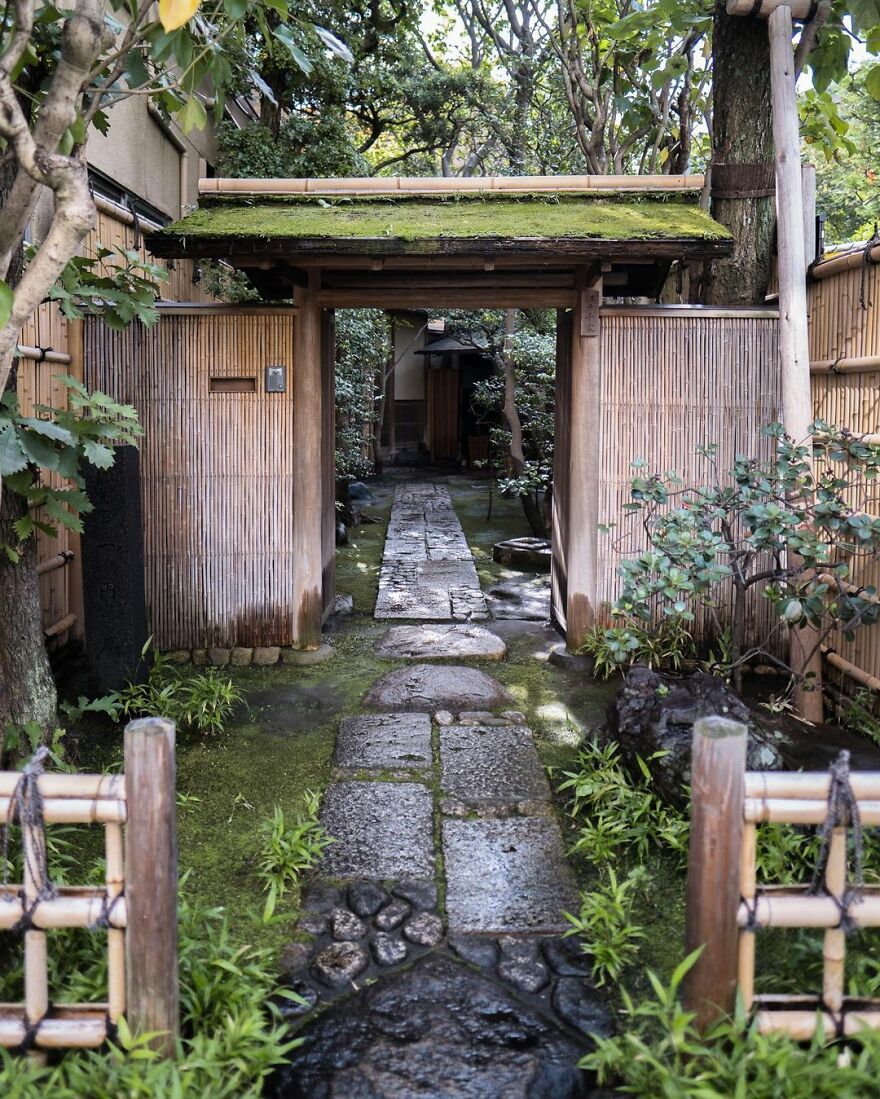
“The entrance to the Edo Senke tea ceremony estate in Ueno, Tokyo. The buildings are historic, having been shifted here from a Daimyo’s mansion in the 1860s. Wooden tea houses are relatively easy to dismantle and relocate, and it wasn’t unusual for old buildings or even parts of them to be moved and reused. It still happens today on occasion. When people talk about Japan’s scrap-and-build approach to buildings, they are not referring to the traditional construction methods that last centuries. Alas, the grounds of this estate are privately owned and not open to the public.”
japanpropertycentral Report
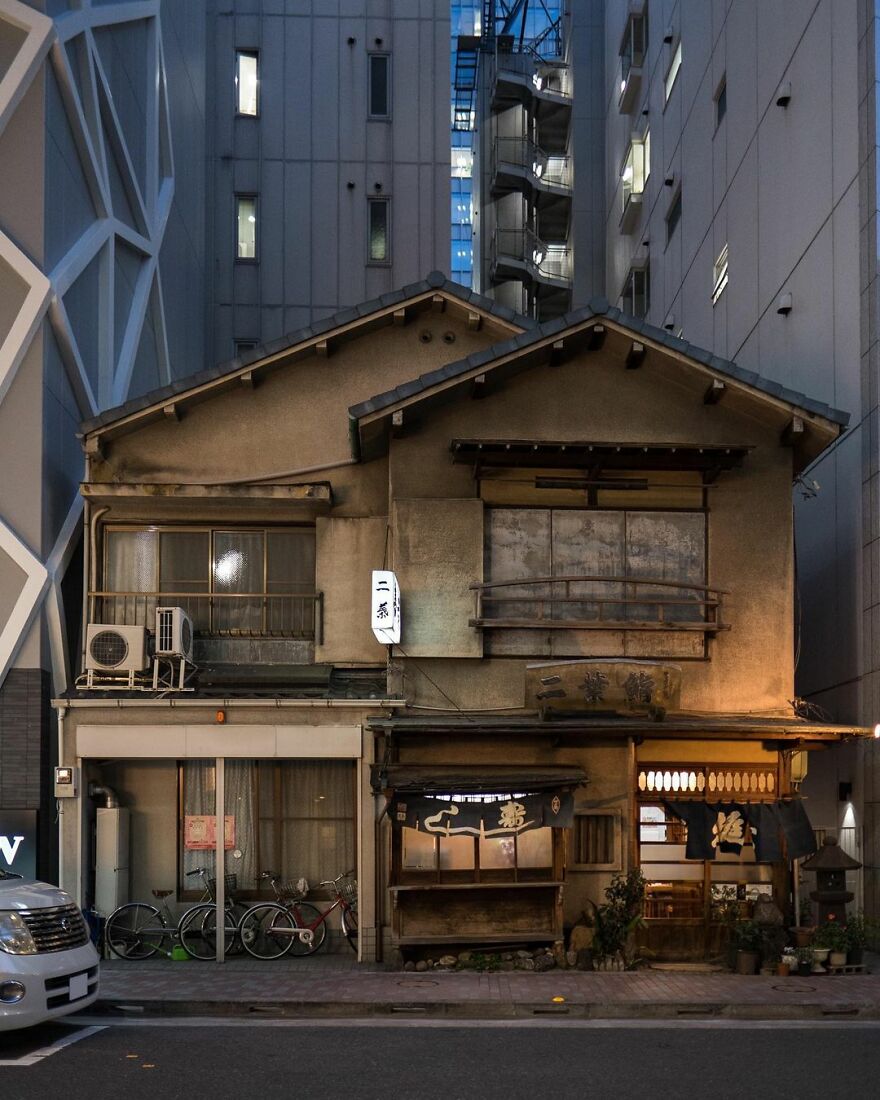
“Futaba Sushi, Ginza. First opened in 1877. The current building dates from the 1950s. Note the sushi ‘yatai’ cart built into the ground floor, right in the center. Sorry, no photography allowed inside the restaurant.”
japanpropertycentral Report
Zoe shares the difficulties she runs into while capturing the photos: “Trying to get a shot without a car or van blocking the building. I usually wait until there are no pedestrians or cars in the frame. It might only be a few minutes, but other times I have to come back later. Another challenge is that the streets are often very narrow (some streets are just 2 meters wide), so you need a wide-angle lens for some locations.”
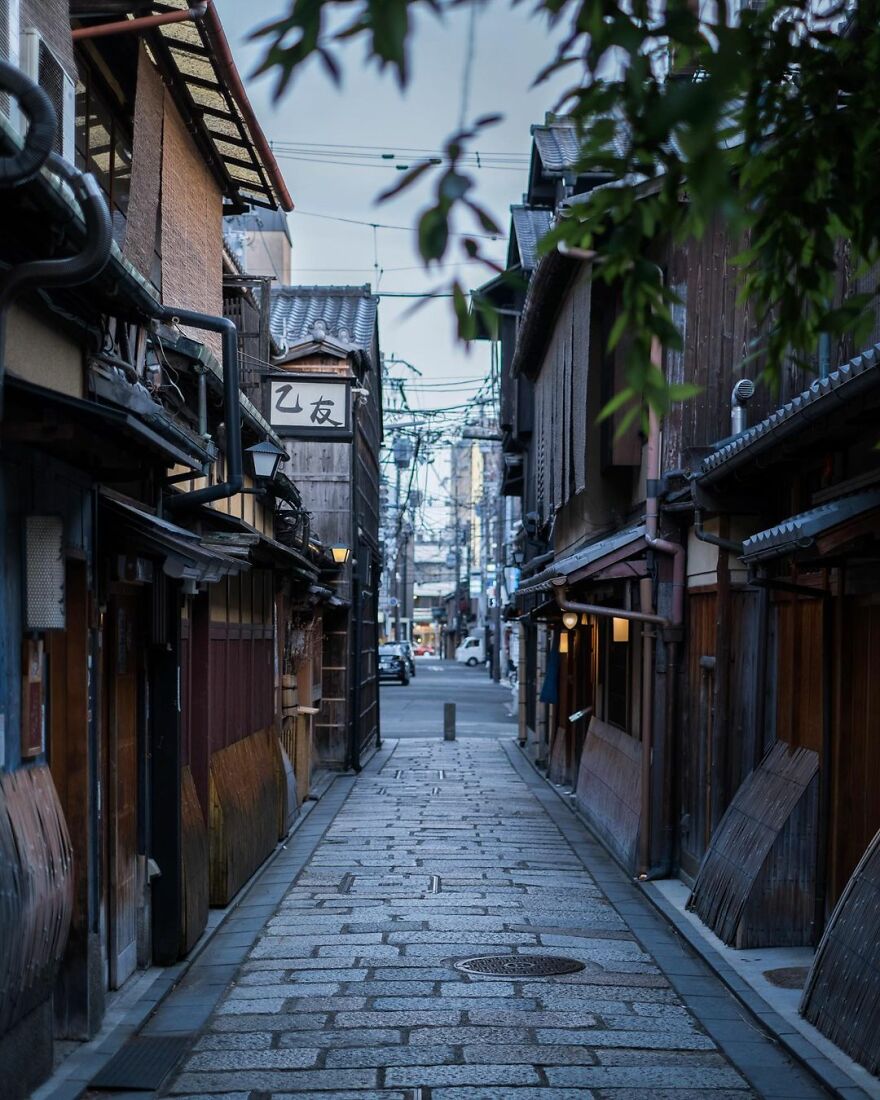
“Gion Shirakawa at dusk. This laneway is a cobblestone shortcut near Shirakawa River. If you follow it you’ll end up at Shijo Street.”
japanpropertycentral Report
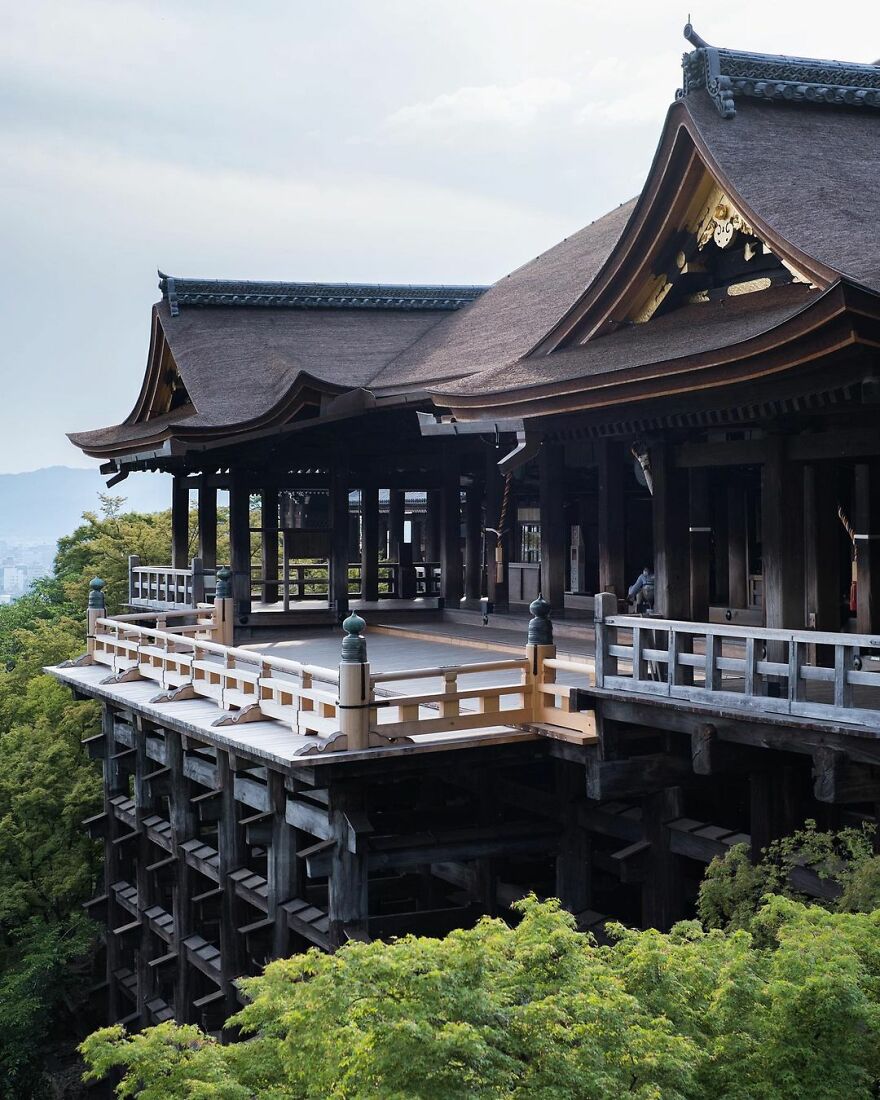
“Kiyomizu-dera Temple and its hinoki wood stage. Founded in 778. I wonder if this is the quietest it has ever been in its 1200 year history. The main hall and stage were built entirely without the use of nails (or screws) in 1633. The wooden foundation pillars below stand 13 meters tall and are made from 400-year old trees.
The main hall was covered in scaffolding for over three years while the roof was redone, and only just removed in February 2020. It had been 50 years since the bark-thatched roof had been replaced.
Many of the buildings within the temple grounds date from the mid-1600s. There were a few fires up until that point that had destroyed the even older structures.”
japanpropertycentral Report
“In my free time, I like to explore different neighborhoods and share some stories about the interesting buildings I find along the way. If I have an afternoon or an evening free, I’ll go for a walk around all the back streets of a neighborhood in search of some interesting buildings. You are almost guaranteed to find a few no matter where you go. Sometimes I will have a particular house in mind, or be in the neighborhood checking out listings for sale and use it as an opportunity to explore a little and take some photos.”
Here is how Zoe describes her style: “Chaotic. The city is just a jumble of power lines, street signs, bicycles, and construction. I would love to take clean and uncluttered photos but I am realizing that it is impossible in Tokyo. I no longer notice all the transformer boxes and power lines anymore.”
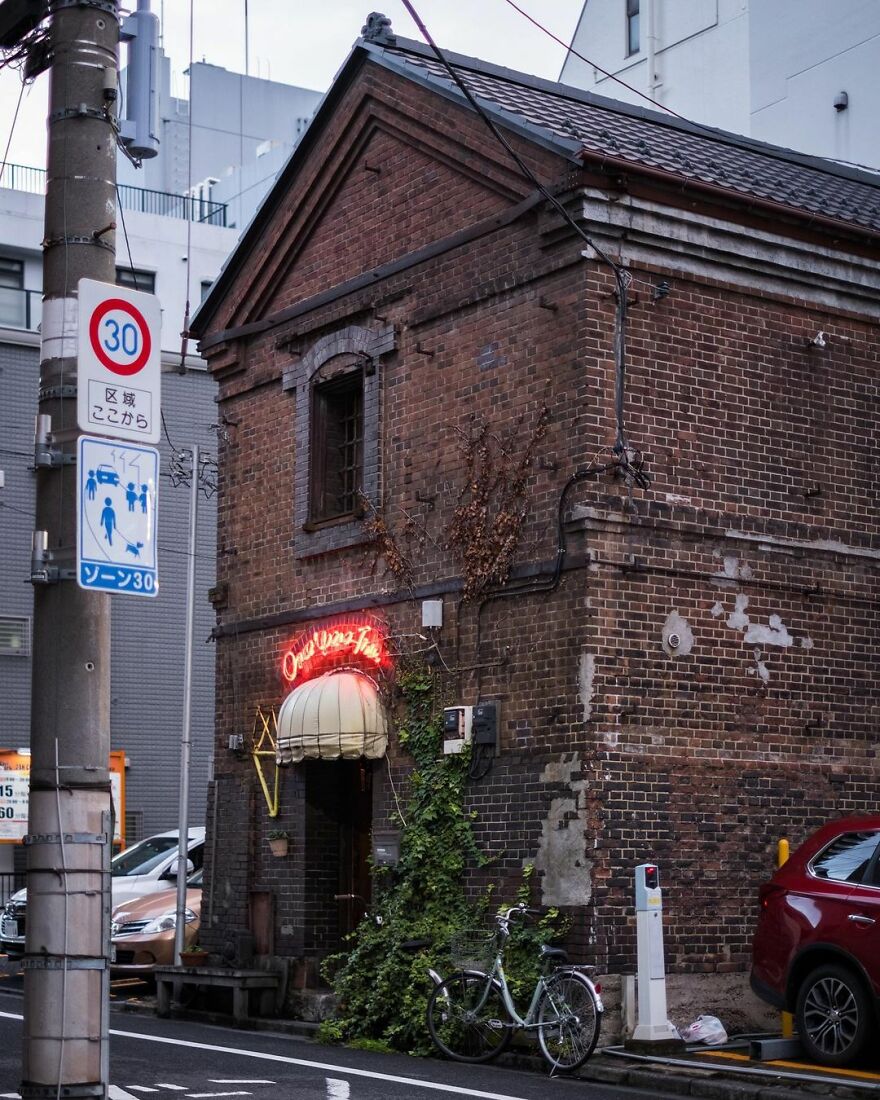
“Once Upon a Time. A bar in a historic brick storehouse in Yushima, Tokyo. Built sometime in the late 1800s. The bar owner has been renting this space since the mid-1970s. Downstairs has a bar counter and tables, while the 2nd floor has an event space.
Not sure how much longer this historic building will remain standing. The property owner wants to demolish it rather than repair it, with news of its potential future demise first reported back in 2013. Last year there were stories that it would close in 2022.”
japanpropertycentral Report
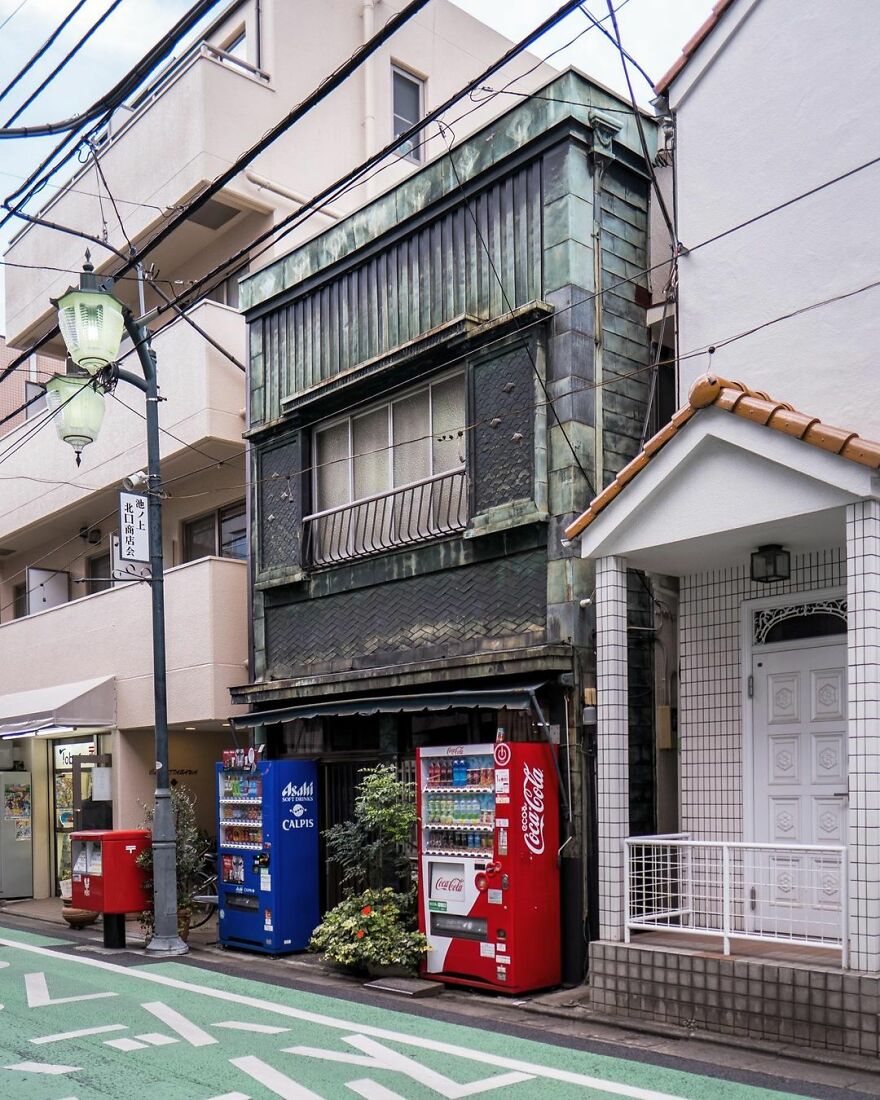
“An old shophouse alongside the Ikenoue Shopping Street in Tokyo. This would have once had a shop on the ground floor, but has been converted into a private residence some time ago.”
japanpropertycentral Report
“It has always been a personal interest. There’s an assumption that Tokyo is a big metropolis of shiny glass buildings and neon lights, but it’s a very old city with lots of more humble, older, and traditional streets that don’t get featured in the tourist guides. Something is charming about them, especially when they have a very worn patina and are lived-in and cared for,” said Zoe about how she came up with the idea to photograph old buildings.”
I started putting more effort into my company’s Instagram account about three years ago. I still have a very long list of places to share and neighborhoods to visit. I don’t think I will be stopping any time soon.”
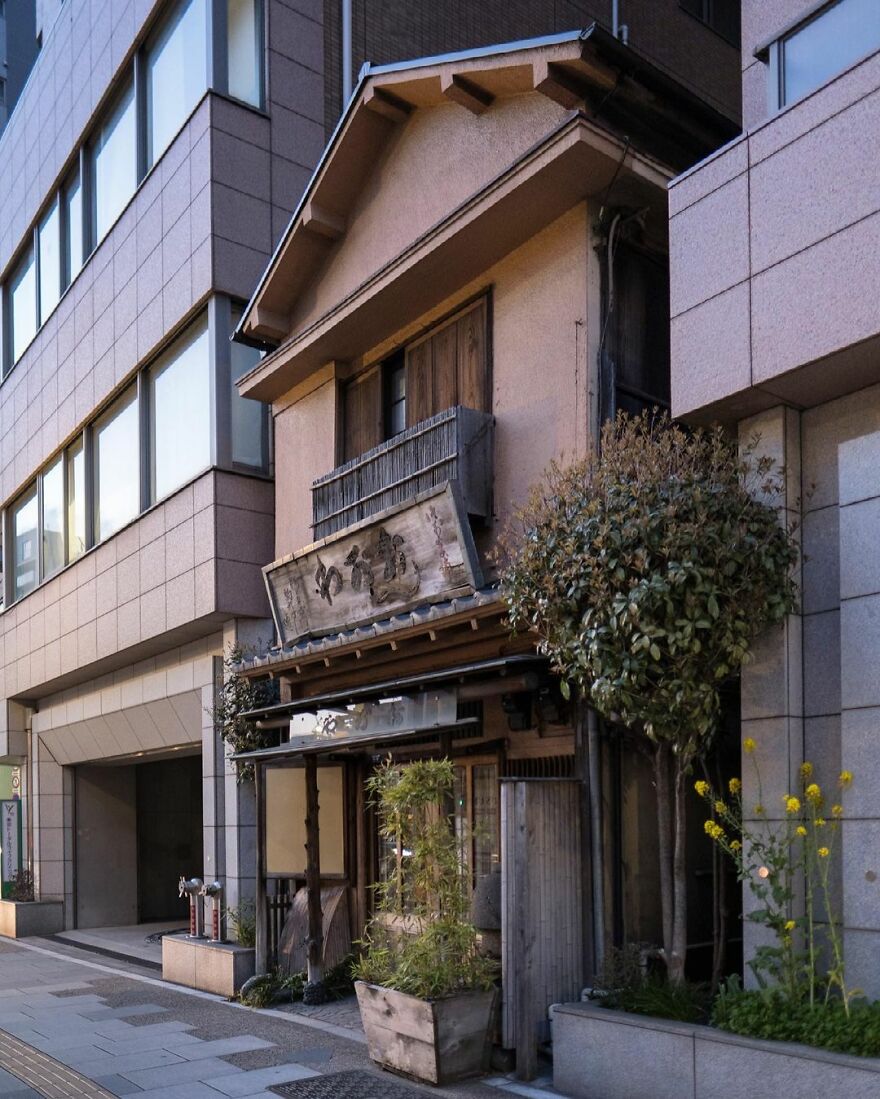
“The Ogawa Dorayaki Store alongside Asakusa-dori Avenue. Dorayaki is made from two pancakes or pikelets with red bean paste filling. This little shop was a hold-out, and is now sandwiched between a 13-story office building on all three sides.”
japanpropertycentral Report
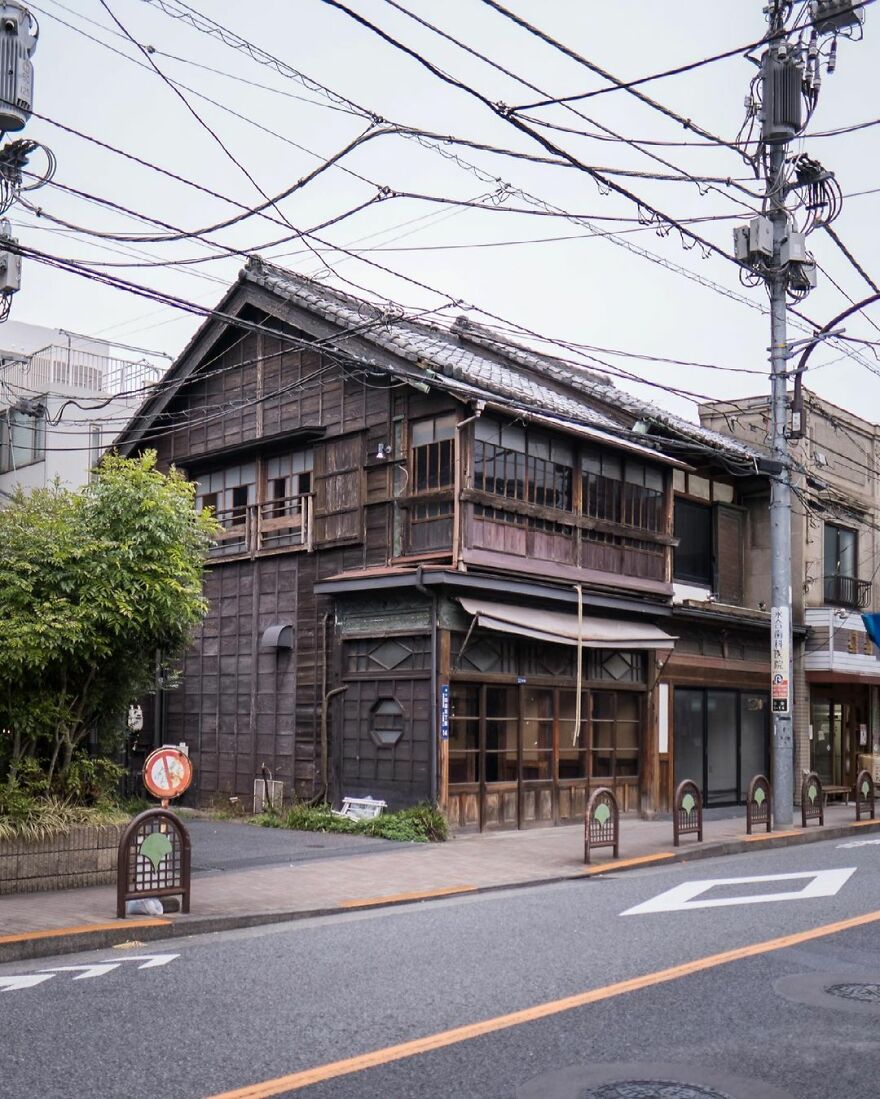
“This shophouse was built in 1918 as a hardware store. At a later point it housed a bar and restaurant but has sat vacant for the past few years.”
japanpropertycentral Report
“There’s something about living in a constantly evolving city like Tokyo that is very energizing and motivating. There’s always something to see or somewhere to visit. It’s also a very safe and clean place to live, and it is incredibly easy to get around by train with no need for a car. Some of the architects and building designs are among the best in the world. My favorite ones are the weird and unusual homes often built on tiny plots of land in the middle of the city. You have to be very creative to come up with some of the designs, especially when the land itself might be just 50 square meters in size.”
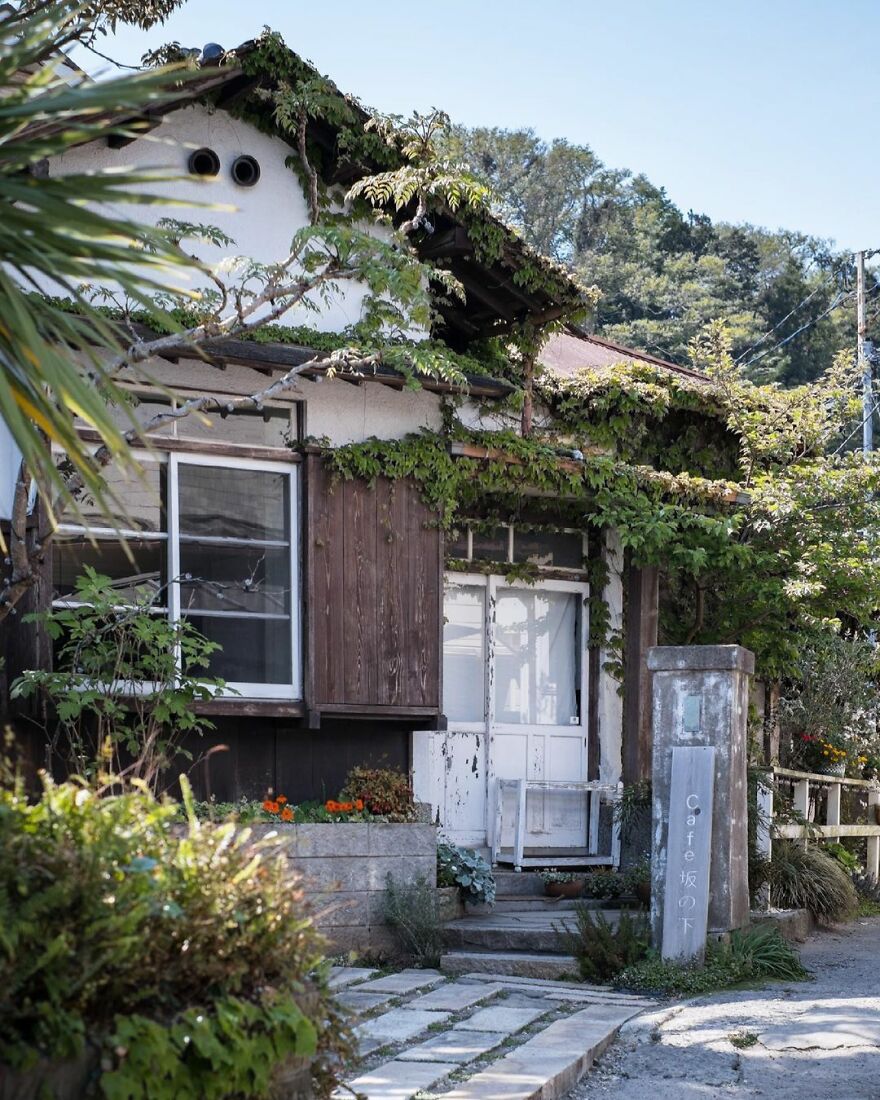
“Café Sakanoshita – a charming place inside a 90-year old renovated kominka house. Closed on Mondays. Unfortunate timing!”
japanpropertycentral Report
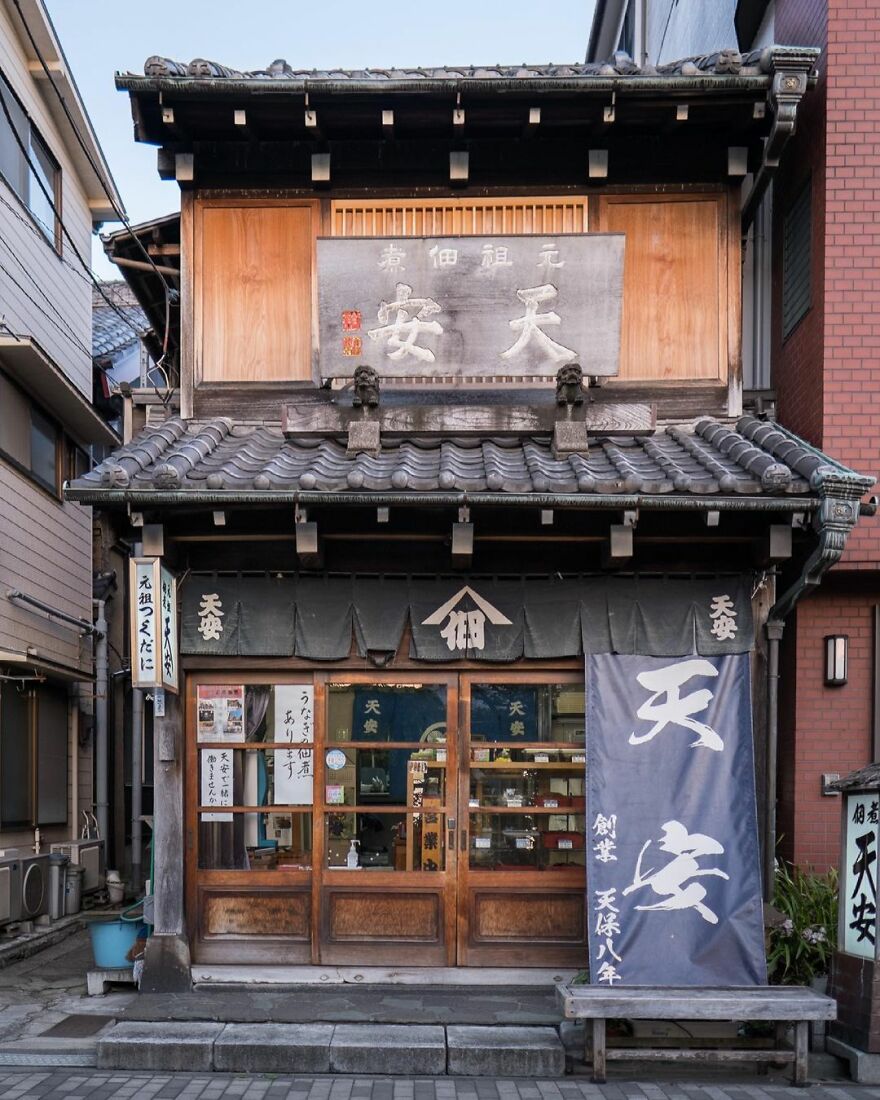
“Tenyasu Tsukudani, a store selling simmered and preserved food since 1838. This shophouse was built in the 1920s. The streets would have once been lined with buildings like this.
This part of Tsukuda has a history going back 400 years, and is where the traditional tsukudani preserved food originated.”
japanpropertycentral Report
Here is what inspires Zoe: “Being able to continue to connect with all kinds of wonderful people who are also into Japanese architecture, new and old, and who like to explore different neighborhoods. The most unexpected and fun part is seeing sketch artists in other countries create amazing artwork from photos I posted.”
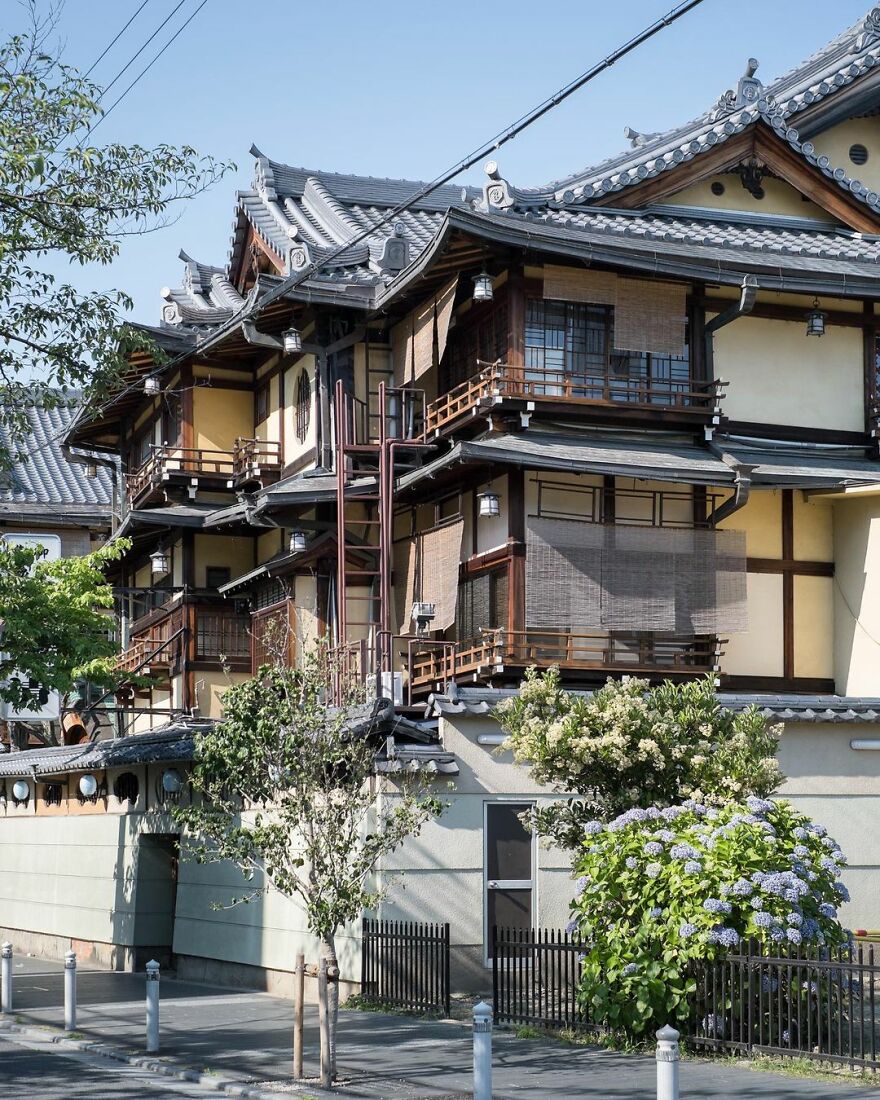
“Tsuruse traditional inn and kaiseki restaurant. Built from Hinoki cypress wood in the 1920s~1930s, but the restaurant has been operating even longer. The outdoor terrace dining deck along Kamo River is the largest of its kind in Japan, seating over 200.”
japanpropertycentral Report
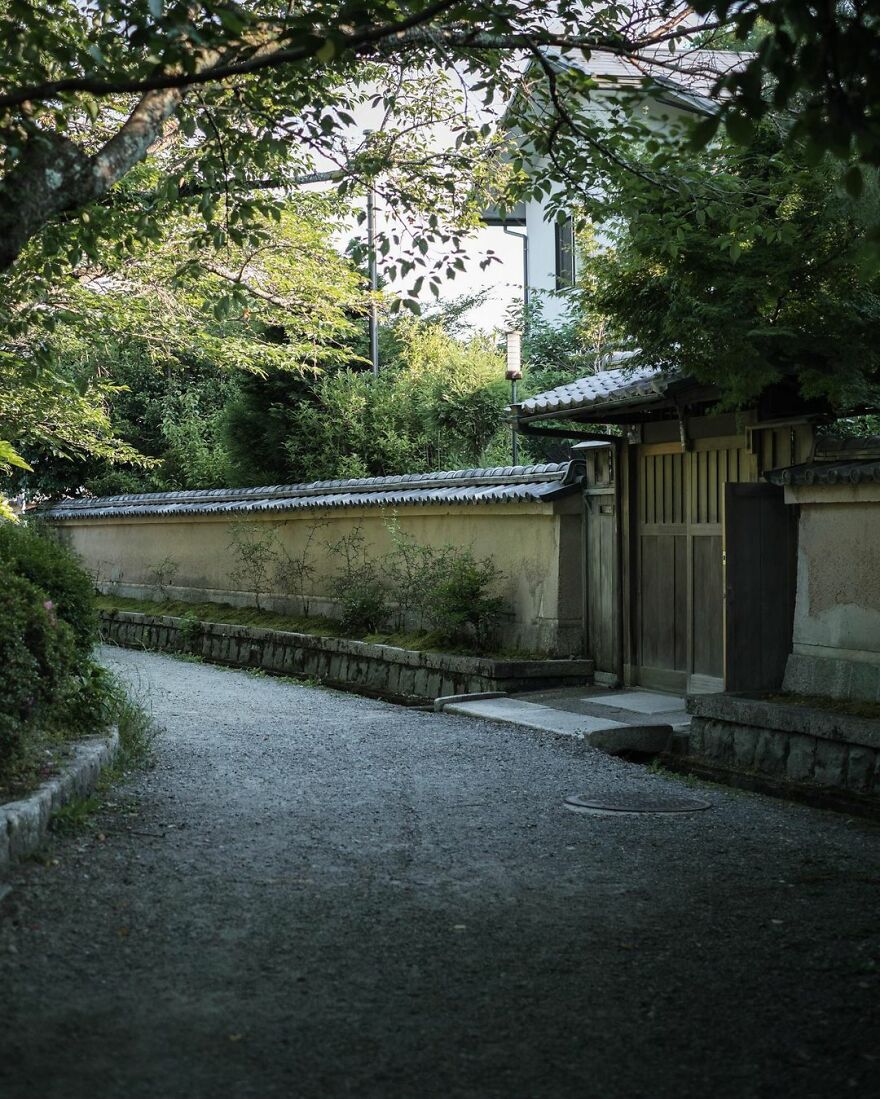
“The Philosopher’s Path (or walk). A peaceful path alongside the Biwa Canal. The historic canal was completed in 1890 and the 1.8-kilometer long walking trail was completed in 1968 thanks to efforts by local residents. It was named to honor Nishida Kitarō (1870-1945), said to be Japan’s most influential and significant philosopher of the 20th century. He would walk along this path each day on his way to teach at Kyoto University. He later moved to Kamakura, and his home there has been preserved to this day.”
japanpropertycentral Report
Zoe gives some advice to photographers and artists out there in the world: “It’s okay if you don’t know what you are doing or don’t have a particular goal with what you are currently doing. Do what makes you happy and gives you the most joy creating. Maybe it will lead you somewhere?”
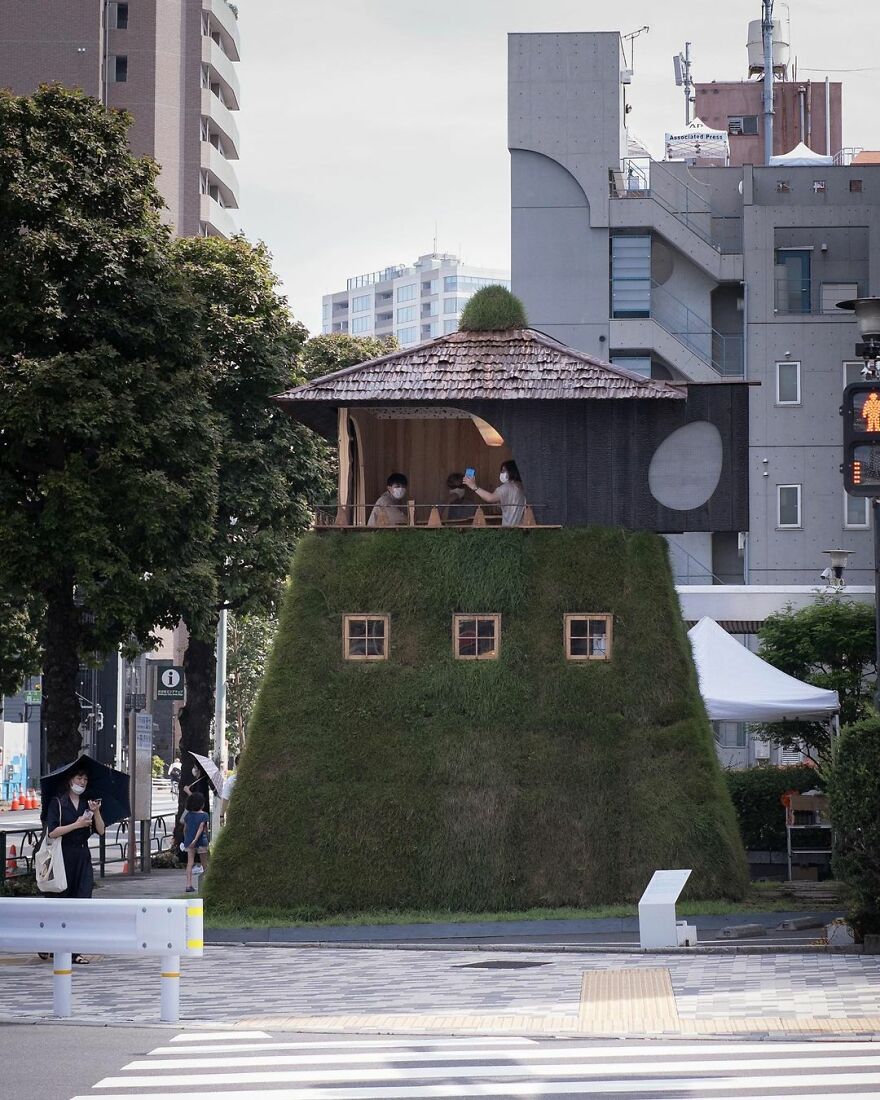
“Tea House ‘Go-an’ by Terunobu Fujimori. Part of the Pavilion Tokyo 2021 / Tokyo Tokyo FESTIVAL being held in connection with the 2020 Olympics. Fujimori is known for his creative and often elevated tea house designs that are far from traditional. This one resembles a ‘yagura’ watchtower with a grass-covered base (the same turf used on race tracks) and burnt cedar walls. The ceiling is decorated with crushed cedar pieces. To enter, you must crawl through a small circular door at the rear and climb a ladder to the tea room upstairs. The tea house is a temporary structure and will be disassembled when the exhibit ends on September 5, 2021. Viewing the interior requires advance bookings.”
japanpropertycentral Report
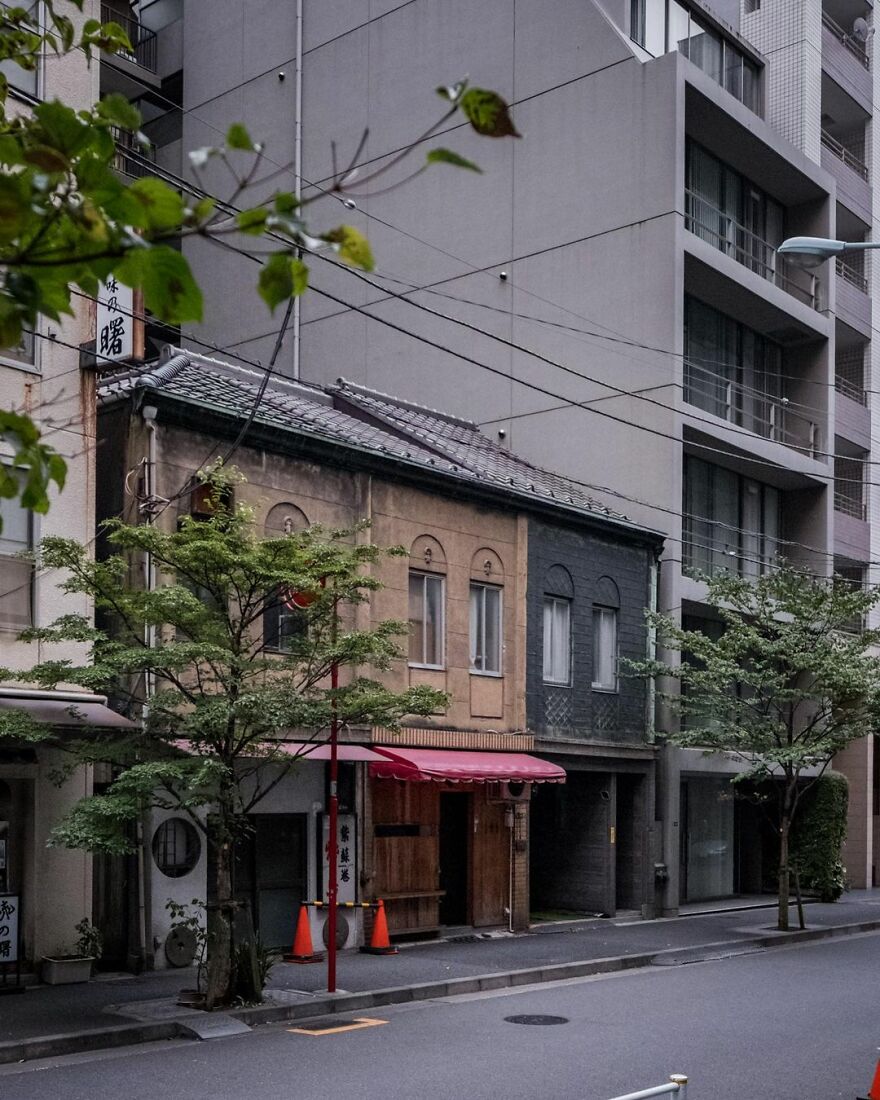
“This group of three shophouses in Nihonbashi was listed for sale a little over a month ago for ¥149 million (US$1.35 million), and appears to have already sold, if the removal of all of the online listings is any indication. That means demolition is likely looming.
The terraces date from the 1920s or 1930s and are on Chuo City’s list of early 20th century modern architecture. Sadly being on that list, or having any type of official heritage recognition, doesn’t provide any legal protection to prevent these historic buildings from being demolished. A few from the list have been torn down in recent years, and more will follow. They are a wonderful example of kanban-kenchiku (#看板建築), or billboard style architecture.
The terraces sit on 92 sqm of commercially zoned land, and some suggested redevelopment plans for a 13-story block of 17 units with a potential gross yield of 8% have been provided. That’s a hugely impressive yield and a very low price for land like this. There’s a good reason, too – the land is leasehold. It’s the old, and almost perpetually renewable leasehold type, and the landowner is a major real estate company, so there is some stability with that type of landlord.
The majority of land in Tokyo and across Japan is freehold, but occasionally you might encounter a leasehold property. It’s really important that you fully understand the costs, pros and cons, and legal entitlements and obligations that come with leasehold properties, as they can easily be a source of disputes and troubles for the inexperienced.”
japanpropertycentral Report
The author tells us more about herself and her journey: “I first moved here about 15 years ago, after growing up in a rural part of Australia. I first got involved in the real estate industry in Japan in 2008 and opened my own real estate brokerage company in 2014. I did not speak any Japanese when I first moved here but studied for a long time after I arrived. You need to be fluent to work in real estate here as all of the sellers and agents will only speak Japanese, and all of the documentation and legal explanations are also in the Japanese language only.”
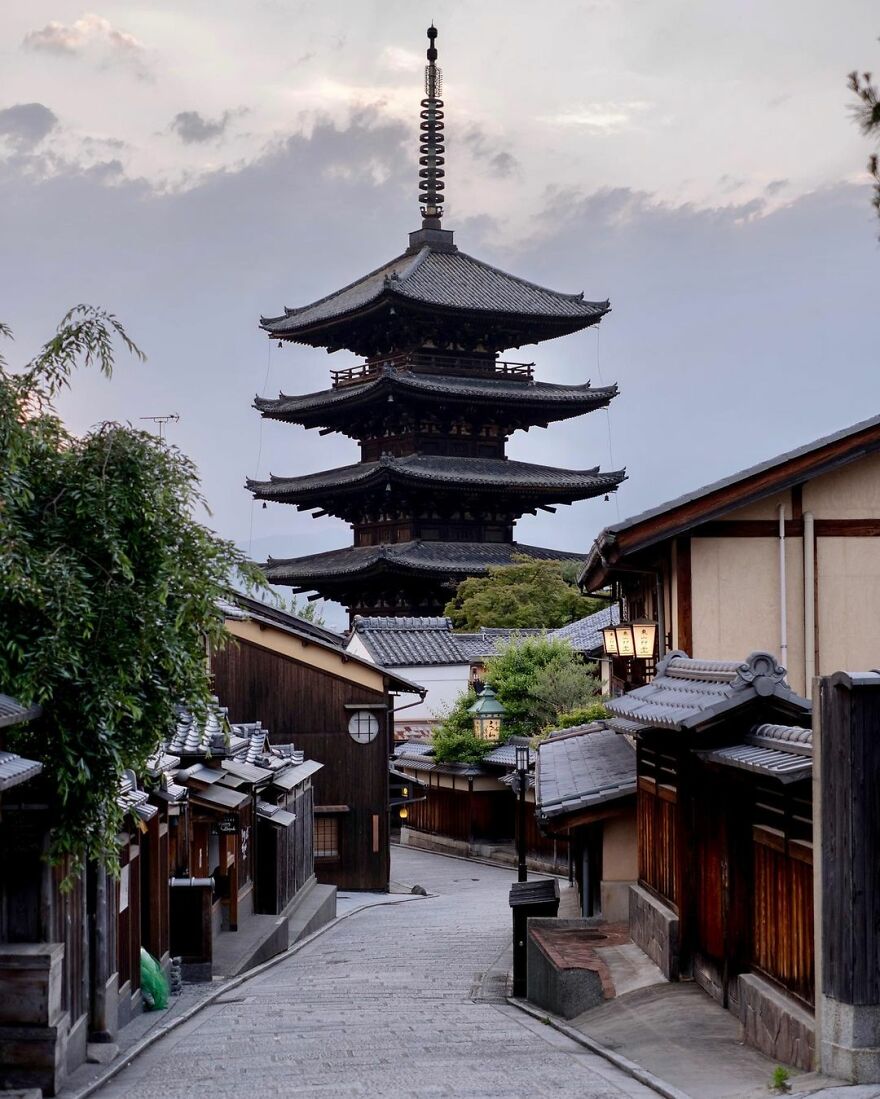
“The Yasaka Pagoda in Hōkan-ji Temple, Kyoto. First built in 592. It was destroyed in a fire in 1191 that broke out after a dispute between Kiyomizu Temple and Yasaka Shrine and had to be rebuilt. In 1291 it was struck by lightning and rebuilt in 1309. It was lost again to a fire in 1436. The current pagoda dates from 1440, making it 581 years old. The foundation stone for the central pillar of the pagoda is said to be the original one from over 1,400 years ago.”
japanpropertycentral Report
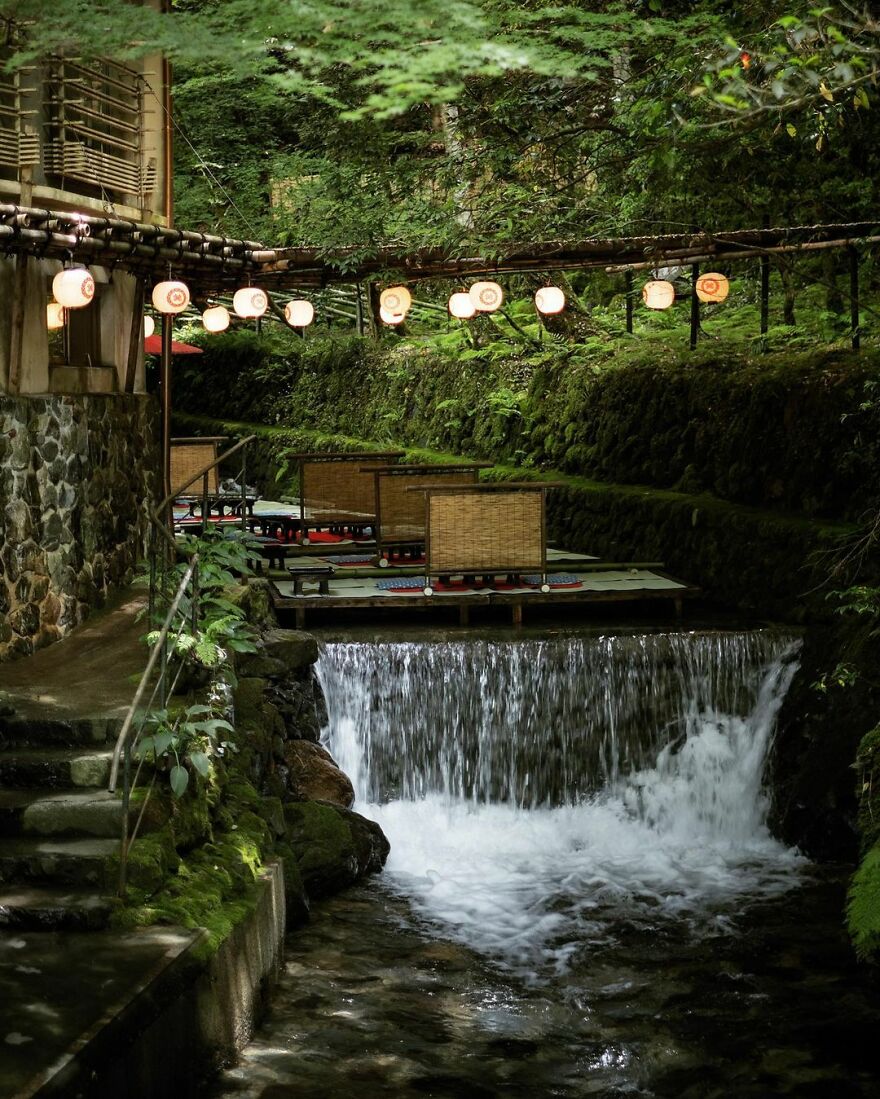
“Fujiya Ryokan and its ‘kawadoko’ river floor dining set up for the hot summer months. These floating floors first appeared over the Kibune River in the 1910s~1920s and have become a summer tradition ever since. Several restaurants and ryokans along this section of the river set up these tatami dining areas each year.
Fujiya Ryokan has one of the longest histories in the area, having been founded in the 1830s~1840s. ”
japanpropertycentral Report
“If you do get the chance to visit Japan in the future, don’t be afraid to skip some of the over-touristy areas and explore some of the more local neighborhoods. Instead of Shibuya Crossing, for example, I would go for a wander to try all of the coffee shops around Yoyogi-Koen, a 15-minute walk north, or head a few stations over to Shimokitazawa for some vintage clothing. If you are into old architecture, there is the Edo-Tokyo Open-Air Architectural Museum in Tokyo and the Meiji-mura museum in Nagoya (highly recommended!). Otherwise, you can still see a few old buildings around Tokyo’s former merchant districts like Tsukiji and Nihonbashi.”
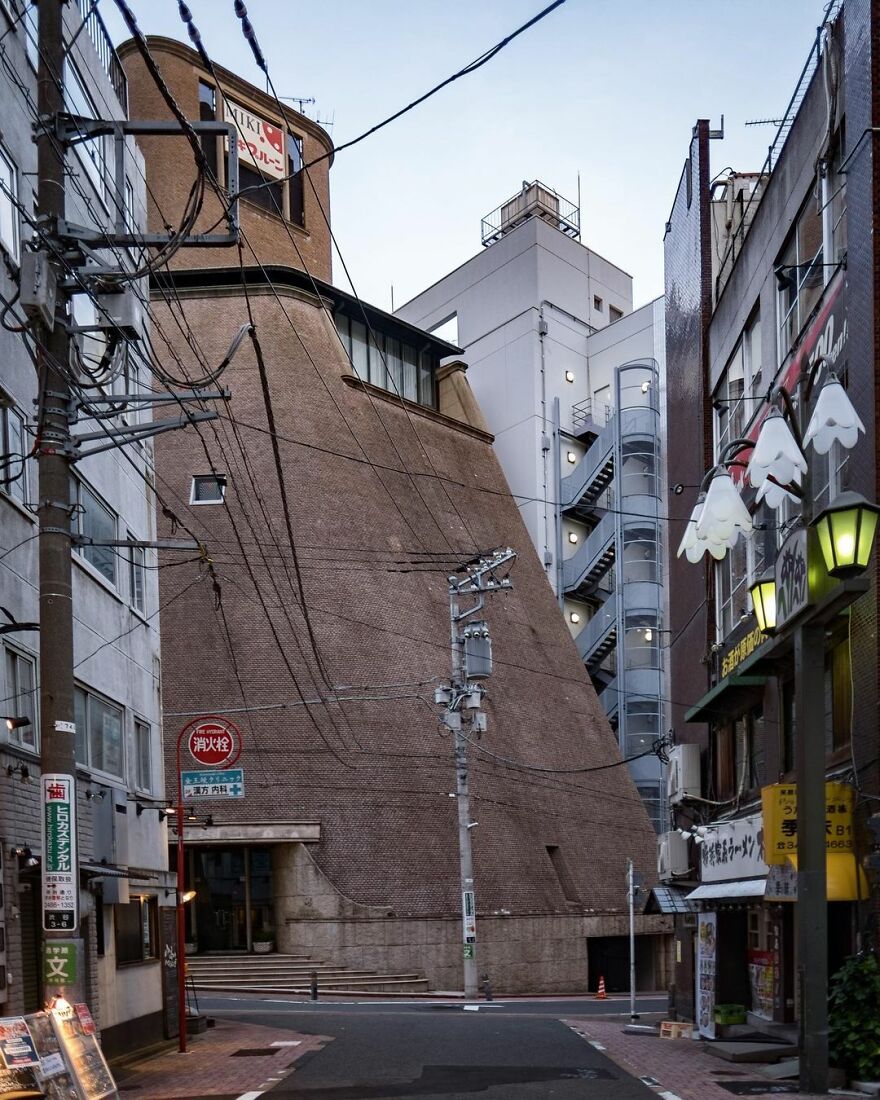
“The offices of a prune company near Shibuya Station. Designed by Yuzo Nagata on behalf of Takenaka Corporation and built in 1985. The facade is clad in small granite tiles. Nagata founded his own architectural practice that same year. His works are often statement pieces with detailed tiled facades. Several of his designs are large private residences, including one in Omotesando.”
japanpropertycentral Report
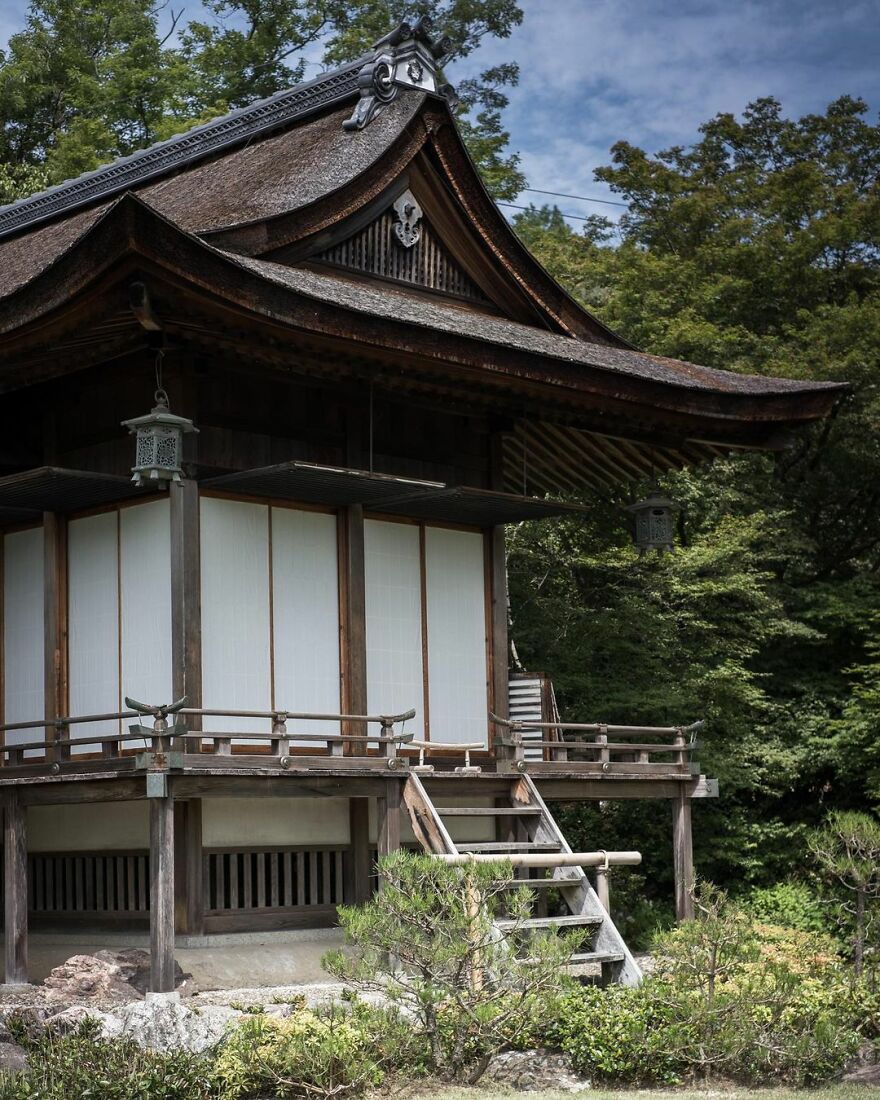
“The former home of actor Denjiro Okochi, famous for starring in many samurai-themed movies. His two-hectare estate sits on the hillside just above the Arashiyama bamboo path and has sweeping views over Kyoto City. His main residence pictured above is called Daijokaku. It was built by Sukiya-zukuri master Kaichiro Usui and was completed in 1941.
The grounds are open to the public as the Okochi Sanso Garden, with an admission fee of ¥1,000 per person.”
japanpropertycentral Report
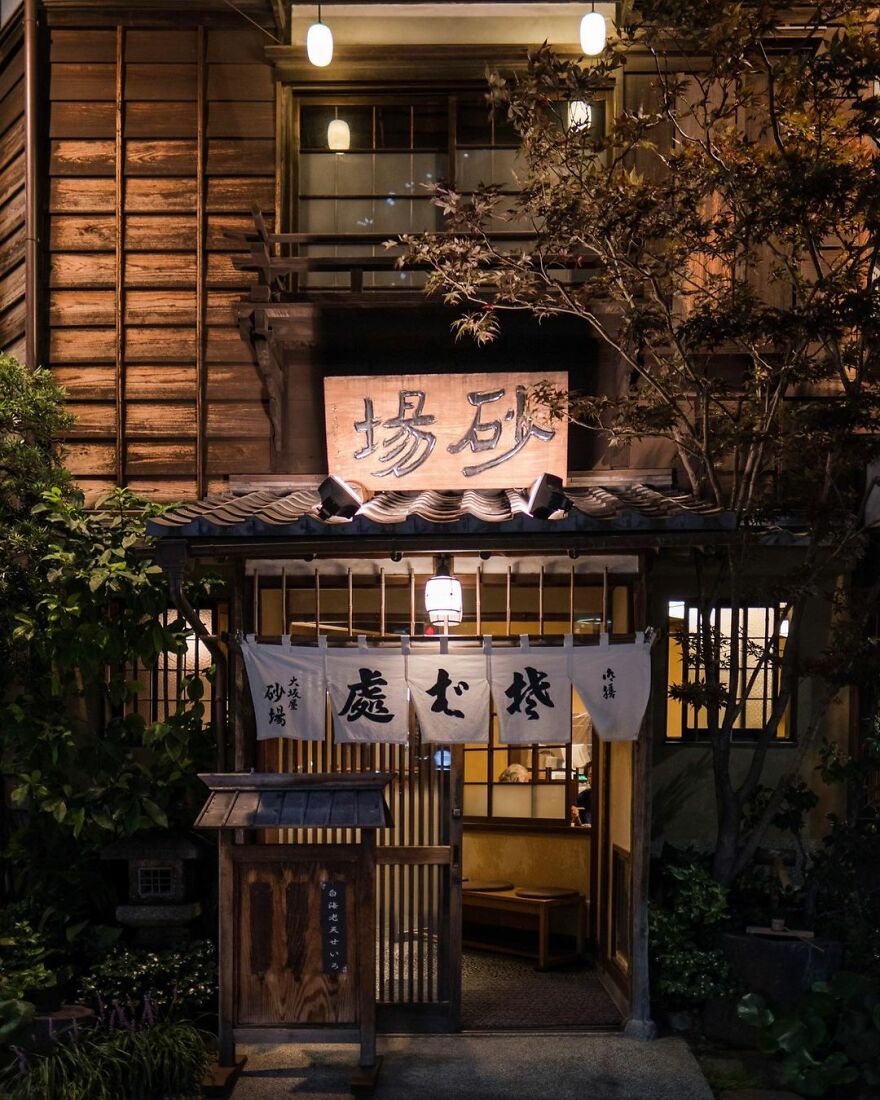
“The Toranomon Osaka-ya Sunaba Soba Restaurant. The current building was completed just before the 1923 Kanto Earthquake, although the restaurant itself has been operating since 1872. It was registered as a Tangible Cultural Property in 2011.”
japanpropertycentral Report
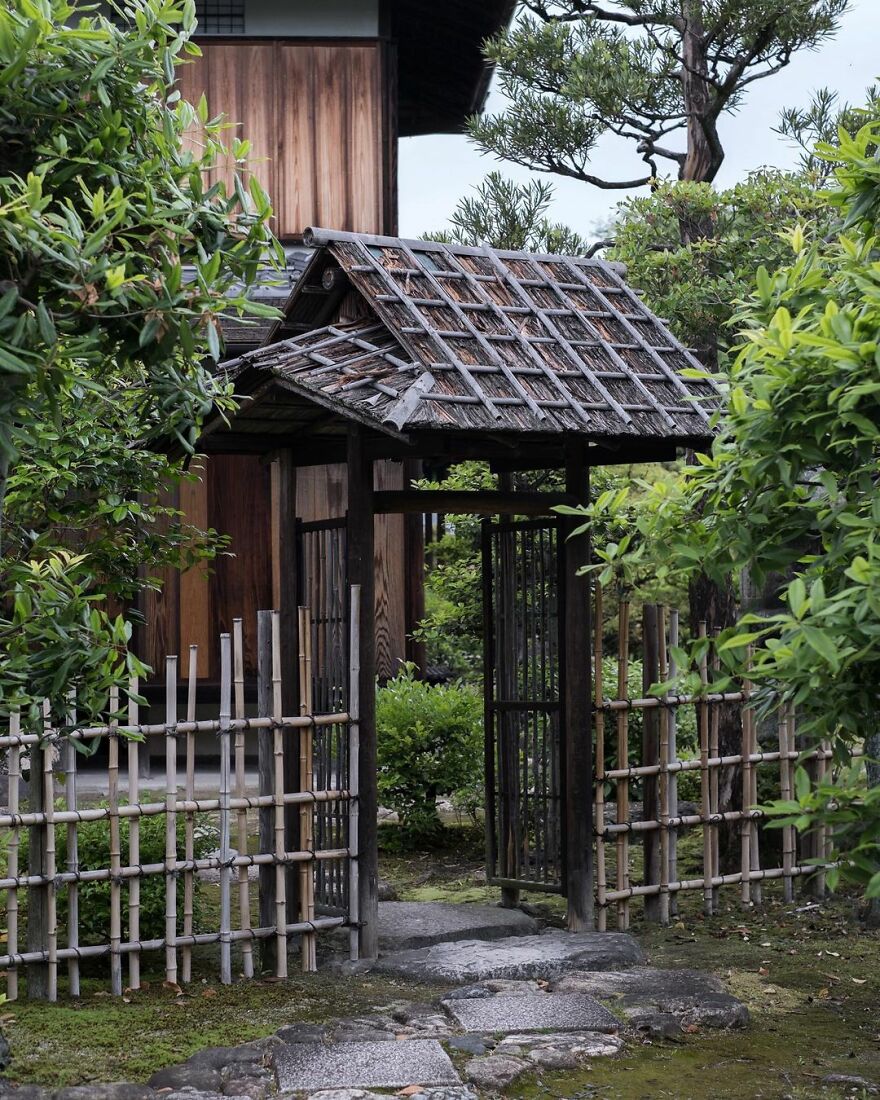
“The entrance to the Ro-an Teahouse in Shōsei-en Garden. The gate leads to a tea garden and represents the delineation of the serenity of the tea ceremony and the chaos of the world outside. This tea house was rebuilt in 1957. The garden and its structures were destroyed twice by fires, once in 1858 and again in the 1864 riot.”
japanpropertycentral Report
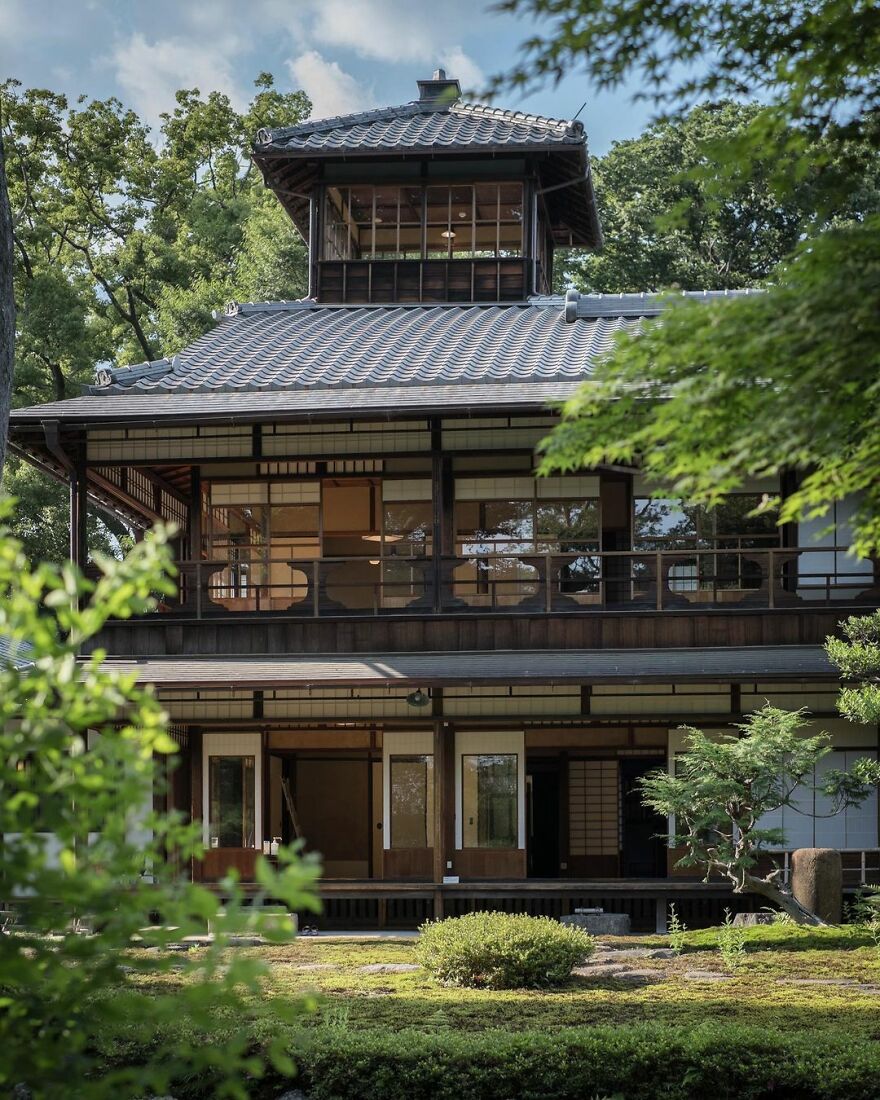
“The former Mitsui Family Shimogamo Villa. Built in 1925, although part of the home dates from the 1880s, having been detached and relocated here from their other, larger villa near Sanjo Street (since demolished). The European-influenced part of the house was the newer portion built in 1925. Despite the grandeur, this home was built as a rest-stop for when they visited their ancestral shrine nearby. The property was transferred to the national government in 1949, and from 1951 to 2007 it was used as the official residence of the president of the Kyoto Family Court.”
japanpropertycentral Report
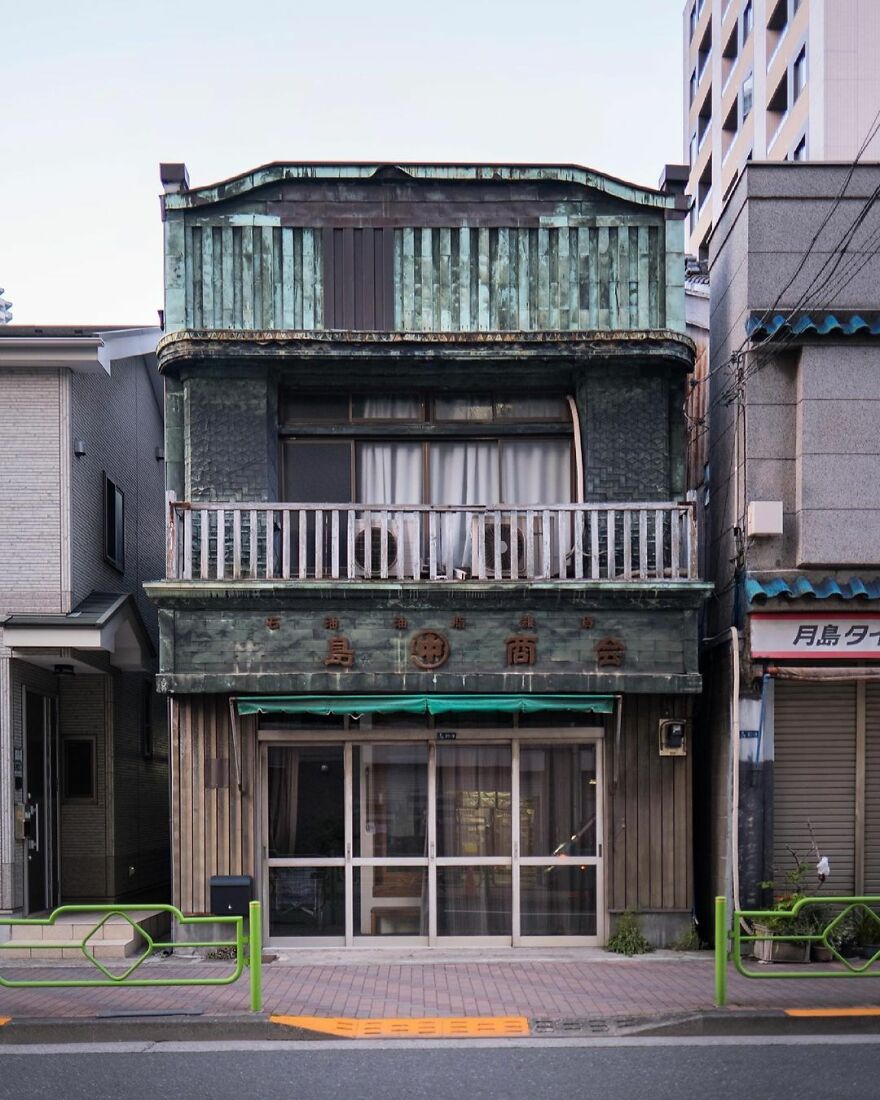
“The merchant house of Nakashima Shokai. Built in 1928. The decorative sheet copper facade is a wonderful example of billboard architecture (kanban-kenchiku).”
japanpropertycentral Report
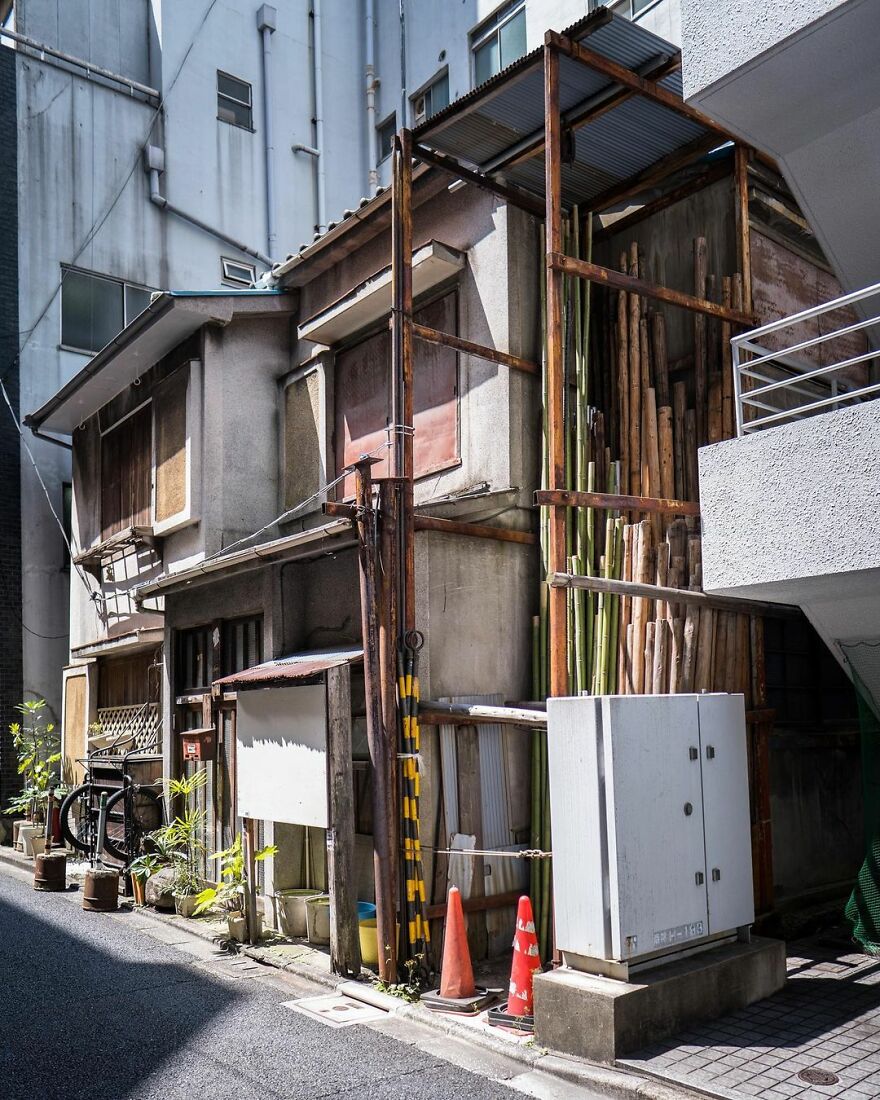
“A traditional setting in Tokyo’s Kanda district. An early postwar house now swamped by office buildings. Miraculously the sun is still able to shine down on the narrow laneway.”
japanpropertycentral Report
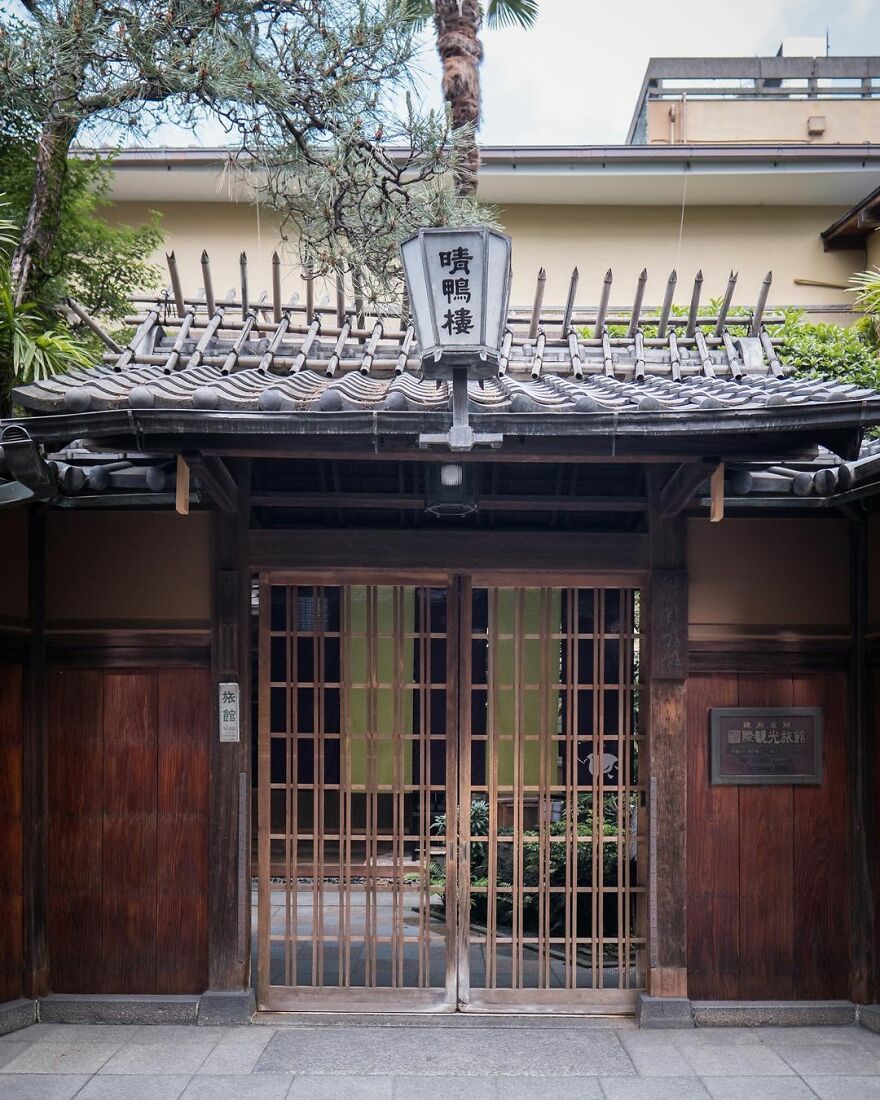
“Seikoro Ryokan, Kyoto. Established in 1831 as a traditional inn. The current buildings date from 1901 and 1921.”
japanpropertycentral Report
Note: this post originally had 100 images. It’s been shortened to the top 30 images based on user votes.
Old Architecture Looks Like In Japan (30 Pics)
- Published in abandon, abandoned, adventure, Architecture, Art, balance, build, buildings, creative, Creepy, culture, decades, eerie, exploration, explore, forgotten, full-page, furniture, harmony, History, home, Homepage featured, idea, International, japan, Japan Property Central, japanpropertycentral, live, memories, mess, modern, old, pass, past, People, period, Photography, photos, project, real estate company, remember, repurposed, reuse, sad, scary, space, stories, story, time, time period, Tokyo, travel, vintage
Prices and Types of Flooring Tiles in Pakistan
Guide for flooring tiles and their rates
Bathrooms and kitchens were previously the most typical places in Pakistan to find Flooring Tiles. In contrast to mosaic or marble flooring, which would have been historically popular in residences, now it is widespread and completely fashionable for newly built houses to employ tiles as the most frequent flooring type. As a result, if you’re renovating your home’s flooring or building a new one, you’ll need to know what type of tile to use and how much it’ll cost. Keep on reading as we go so over different construction tiles available in Pakistan, as well as their prices based on sub-varieties, brands, and some other criteria.
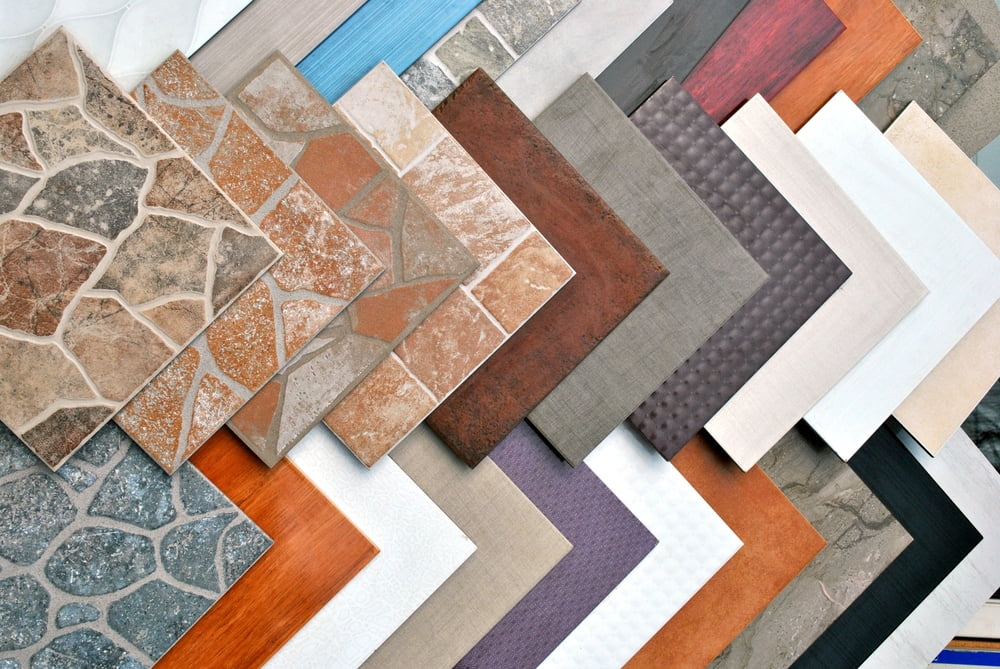
Types of Flooring Tiles
Let us discuss the most common varieties of floor tiles in Pakistan
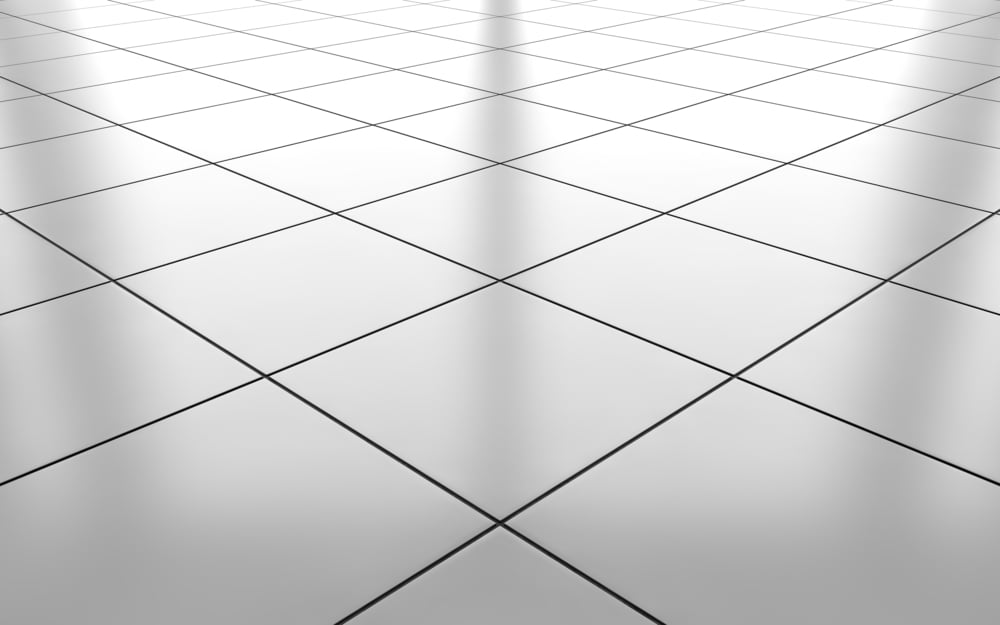
Ceramic Tiles
Ceramic tiles are one of the most popular clay-based tiles on the market. They are mined, prepared, and molded before use. Their ability to blend in with almost any type of interior décor will astound you. Ceramic tiles’ most important features include their long lifespan, variety of applications, and strong resistance to scratches and abrasion.
They can sustain years of constant foot activity thanks to their durability. They provide a diverse range of design options. Ceramic tiles feature matchless colors and patterns and thus are usually covered in a durable finish. Ceramic tiles, but will not be used outside because they cannot withstand the heat and therefore do not adapt well to the freezing temperatures that winter brings. They have a proclivity for moisture absorption.
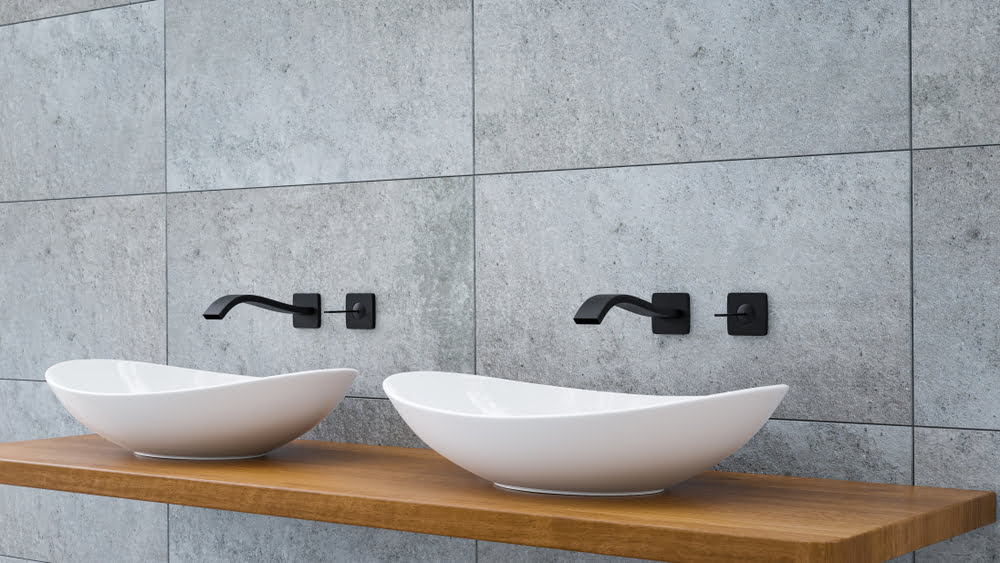
Porcelain Tiles
Someone frequently classified porcelain tiles as ceramic tiles because of the subtle differences between them and ceramic tiles. Porcelain tiles are made of denser clay but are fired at greater temperatures than non-porcelain ceramic tiles. As a function, the material is much more durable and resistant to harm. Porcelain tiles, unlike standard ceramic tiles, can be utilized outside because of their low porosity and improved resilience to cold and extreme temperatures.
Porcelain tiles are available in polished and unpolished finishes and thus are suited for a range of domestic and commercial applications with light foot traffic. They also are available in glazed versions, but this is less durable.
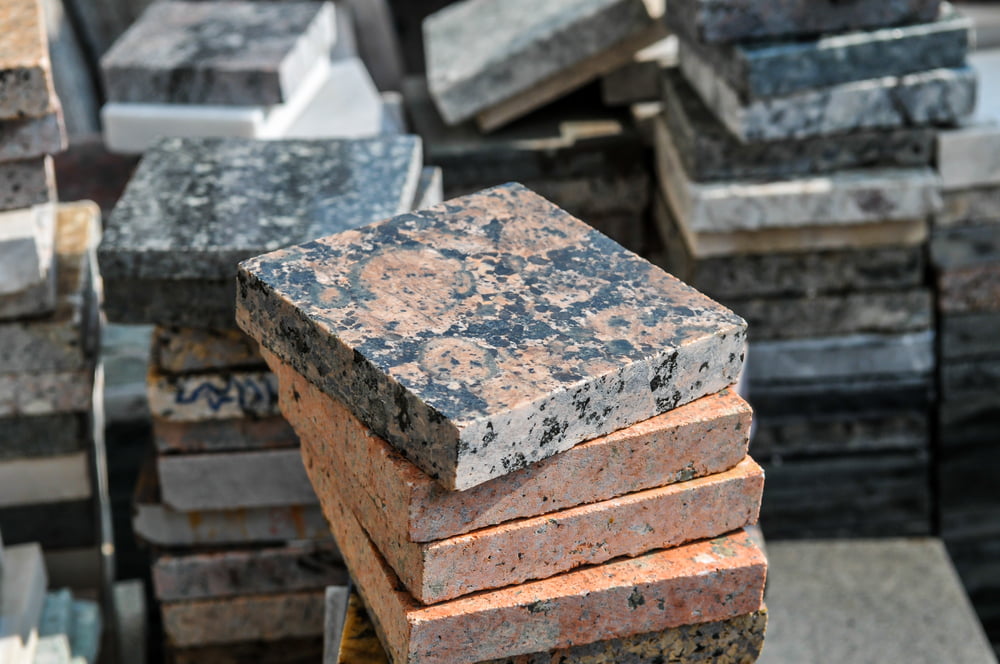
Granite Tiles
Granite tiles are the best choice whether you’re planning to put tiles in a high-traffic location. They’re made of granite, a dense and durable igneous rock. This rock’s speckled minerals and unique veining not just set it apart from other materials, but the mix of the two also ensures that neither two granite surfaces are alike. Granite tiles have such a fantastic reputation in the flooring industry because of this. Luxurious establishments get a strong demand for them since they are produced in a large variety of colors and have a great aesthetic value.
The natural and durable material utilized aids the scratch-resistant surface. Granite tiles are light and tiny in size, making them easy to work with. They are also acid-resistant. Granite tiles, like marble floors, are highly porous and stain-prone. However, once polished, they perform admirably in terms of scratch resistance.
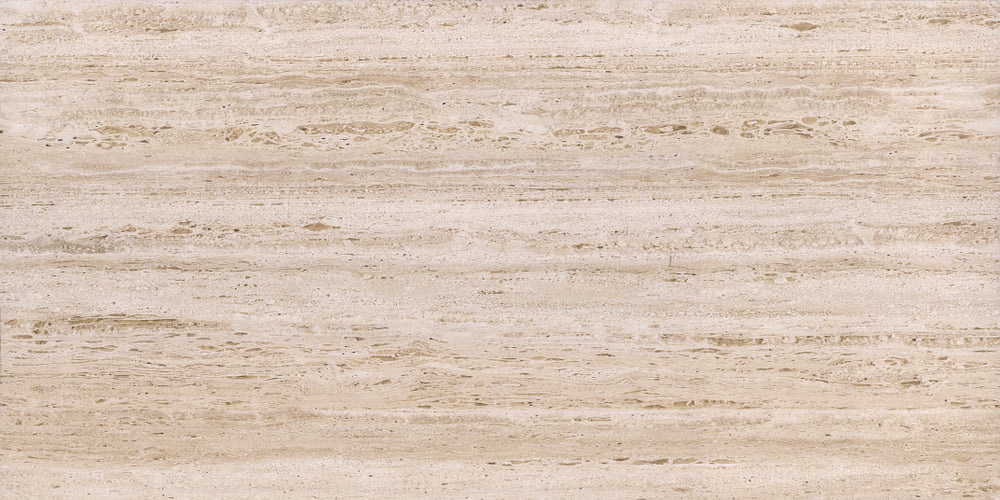
Travertine Tiles
Travertine pieces are made of travertine, a form of limestone found in hot springs, natural spring springs, and caves all around the world. The material comes in a variety of hues and has pits or a rough texture that is caused by air bubbles and organic materials. Travertine tiles have such a beautiful surface that illuminates and provides your interior area with a natural look.
The durability of the travertine material can be judged by the fact that it was used to build the ancient Roman structures which can be seen in Italy today. As a result, the travertine is an excellent choice for temples, sculptures, and theatres. It is now commonly used in the construction of pathways, restrooms, pool decks, as well as other areas in which there is a lot of water exposure. Travertine is 100 percent biodegradable, giving it an ecologically friendly material. It’s both long-lasting and easy to manage.
Even though it’s a less expensive alternative than some other high-end materials, travertine tiles still are pricey, and so many people cannot afford to install them.
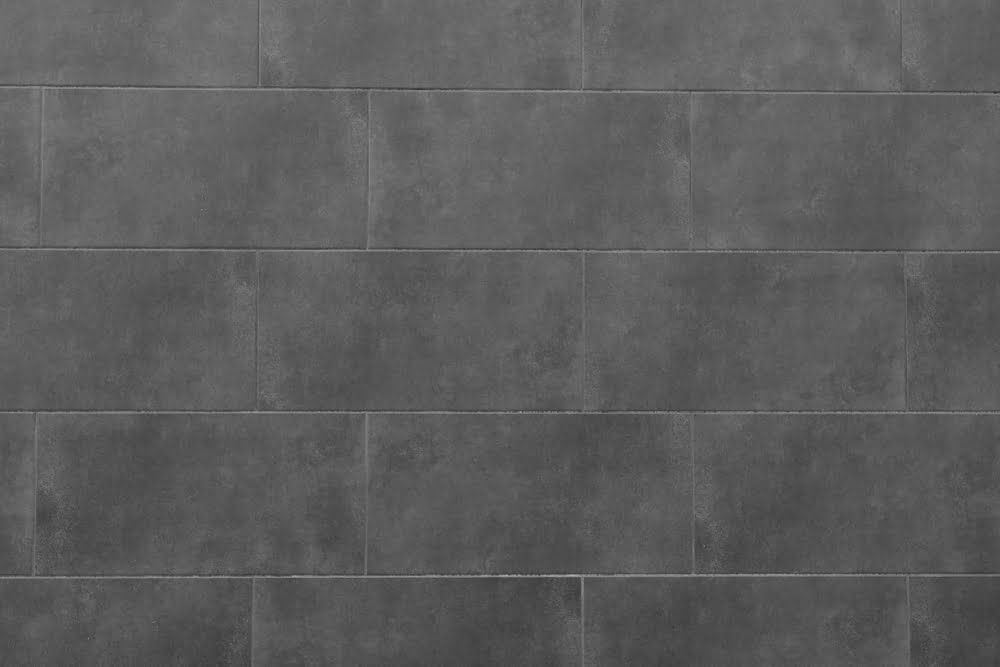
Slate Tiles
Slate, which is mined from natural mineral deposits, is one of the most popular floor coverings. It aids throughout the production of extremely durable tiles while still inducing natural beauty to give your floor a stunning appearance. The material can maintain a room warm even while providing a safe flooring option because of its high slip resistance. Regardless of the fact that slate tiles are less expensive than marble and granite tiles, they still are regarded as high-end and attain a greater price than ceramic tiles.
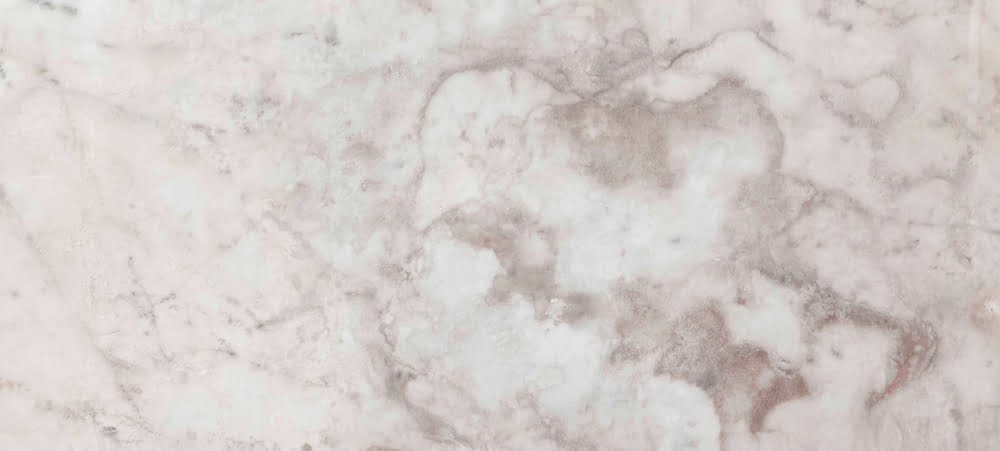
Sandstone Tiles
Sandstone tiles are designed to give your outdoor spaces a deep, natural feel. Pool surrounds, patios, and walks are among the most typical applications. Sandstone tiles come in many colors, patterns, and sizes, and they add a great earthy touch to every space.
Matte Vs Glossy
As stated earlier, a print, design, or pattern is applied on ceramic and porcelain tiles after they’ve been cooked throughout the kiln. The magnitude of these effects can vary, as well as the resulting pattern can be glossy or matte.
Matte tiles are commonly used in kitchens and bathrooms where there are a lot of water spills because shiny tiles could be highly slippery in high-traffic areas. Shiny tiles give the floor a sheen and add elegance to a room’s appearance, rendering them more popular in lounge spaces and drawing rooms. Granite tiles will not have prints imposed on them since they are made of natural rock, and they are usually available in matte varieties with a coating applied to give them even more enduring.
Half-body Vs Full-body
The amount of wear and tear that full-body and half-body tiles can withstand is the key difference. Concrete pavers are always half-body, which implies that after they are manufactured, a thin layer of paint is applied to a tile. Porcelain tiles, on the other side, come in half-and full-body variants. Because the printed layer on half-body tiles is just a few centimeters thick, when the tile is broken, the top layer would be exposed, exposing white or red clay beneath.
Full-body tiles, on the other hand, are designed to have their color, pattern, or design walk the length of the tile. When these tiles are chipped or filed away, they expose a second layer with the same design as the first, rather than a patch of clay underneath, that can be unsightly. Granite tiles, unlike the other two, are always full-body because they are cut from genuine rock.
Round-edged Vs Laser-cut
Tiles have always been put with a certain number of spaces between them, which are filled with grout. Depending on the manufacturing methods used and the material used, they could be round-edged or laser-cut. Granite tiles, for example, always are laser-cut away from the rock, resulting in sharp edges. Ceramic tiles, on the other hand, normally have rounded edges, but porcelain comes in a combination of both options.
What Type Of Tile Should I Use And Why?
You now know about the three most common varieties of flooring tiles in Pakistan; choosing between these may well be influenced by a variety of factors, such as.
- Size
- Strength
- Durability
- Target area
- Availability of patterns
- Ease of installation
- Cost
Here is another quick rundown of the factors to consider about this before deciding on the tile that’s right for you.
Size
Tiles come in a variety of sizes, with 1224 inches, 1236 inches, 1824 inches, 2424 inches, and etc being one of the most frequent for central living areas. Larger square tiles are recommended for lounges, drawing areas, and dining rooms, in short. The most common sizes for corner walk-in showers are 912 inches and 1218 inches. Some individuals, though, prefer to use larger tiles in restrooms because they make a small space appear larger.
Tiles come in a variety of sizes, with 12*24 inches, 12*36 inches, 18*24 inches, 24*24 inches, and etc being the most frequent for central living areas. Larger square tiles are recommended for couches, drawing areas, and dining rooms, in short. The most common sizes for corner walk-in showers are 9*12 inches and 12*18 inches. Some individuals, though, prefer to be using larger tiles in restrooms because they make a tiny space appear larger.
Strength
Granite is by far the most durable alternative available, however ceramic is the most vulnerable to breaking and damage. Porcelain tiles will be in the middle of the strength spectrum, but they outperform ceramic equivalents.
Durability
The durability of a tile also is determined by its strength. This implies that of the three alternatives, granite is by far the most durable. Granite also is easy to polish and restore to its former brilliance over time, but porcelain and ceramic tiles may have to be replaced.
Target Area
Because ceramic and porcelain tiles are not too slippery, they are commonly used in the kitchen and bathroom, while glossy tiles of both types are ideal for central living areas where water spills are uncommon. If we truly want your kitchen to survive, go along with granite tiles, which are not only more water-resistant than the other two but also more resistant to damage, cracks, and chips in the event that you drop a large pot or pan on the ground accidentally.
Availability Of Patterns
Geometric, floral, wood, and a variety of many other designs are being printed on half-body ceramic or porcelain tiles, leading to a new boom in the tiling sector. Full-body porcelain tiles, on the other hand, have fewer variations since it is more difficult to create a wide variety of ideas in the clay mixture before firing it. However, since granite tiles are produced from actual stone, there is indeed a restricted range of patterns from which to choose.
Ease Of Installation
Ceramic and porcelain tiles are simple to construct on cement floors because they are bonded with a layer of glue. It can be installed as a do-it-yourself project as well. Granite tiles, on either hand, require specialized installation. An ordinary tile mason can charge between Rs. 22 and 25 per square foot, but if you really want the greatest finish, choose who charges between Rs. 32 and 35 per square foot.
Cost
The cost of tile flooring in Pakistan is an important factor to consider. It flooded the tiling market in Pakistan with foreign ceramic or porcelain tile possibilities. China, Iran, Indonesia, Malaysia, and Spain are also the main suppliers of ceramic tiles. Chinese or Irani tiles, but are also the most frequent, are the cheapest, costing around Rs. 800 and Rs. 1,000 per meter (approximately 3.25 feet). Manufactured in Malaysia and Indonesia, a slightly better quality of tile is accessible in the store for roughly Rs. 2,300 to Rs. 2,800 per meter. The best quality tiles in Pakistan originate from Spain, and they begin at Rs. 2,800 a meter and then go up from that.
Porcelain tiles, on the other hand, are classified according to whether they are full-body or half-body in terms of cost. Half-body porcelain tiles start at roughly Rs. 1,200 per meter, whereas full-body tiles up to Rs. 2,000 per meter. It’s important to note that this was just the beginning price for porcelain tiles; branded and imported kinds might be considerably more expensive. Granite tiles are usually of good quality, with a long lifespan and great strength. As a reason, their typical price per meter is somewhere between Rs. 1,000 and Rs. 1,200.
If you consider the factors listed above, you know you’ve got a choice not only between various types of floor tiles in Pakistan but as well as between the features you want in your tiled flooring or the amount of money you have put down for a home repair and construction project. We’ve provided all of the information so that you can make an informed decision about your home’s flooring specifications.
Also, if you want to read more informative content about construction and real estate, keep following Feeta Blog, the best property blog in Pakistan.
Prices and Types of Flooring Tiles in Pakistan
- Published in #architecture, #interior design, #travel, 1482 castle, 1950s bomb shelter, 1951 house, 700-page, abandoned, Adviser to Prime Minister, affordable housing, alaska, albuquerque, all in one building, almost everyone, Analysis, architect, Architectural Heritage, architectural wonders, Architecture, Architecture Design, architecture madness, Area Guides, Art, bad design, Bakersfield, beach house, build, building, building plan, built, castle life, castles reconstructed, central california

